I wasn’t sure what to expect of Bologna but I was headed there for a day trip.
The Italian city is one of those (un)lucky places the name of which has become ubiquitous the world over. Spaghetti bolognese, anyone?!
Lucky, as everyone would have heard of it in one context or another (be it sauce, mortadella, gelato or fast cars). And unlucky, as once you become a bit of a cliche, few would make the effort to break through the stereotypes and explore further.
So, here are ten stories about Bologna – Italy’s seventh city in terms of population and also capital of the region Emilia-Romagna.
These are all stories I lived through within the span of one day only which I spent alternating between two states:
- either rushing around Bologna to see things and try to get the gist of the city; or
- sitting down for an hour at a time for slow, contemplative periods which combined eating the good food the city has to offer and looking at its beautiful squares and buildings.
I don’t pretend to have seen it and experienced it all, but, when the day drew to a close, I had a good idea if I wanted to return to Bologna. Wonder if the answer is yes or no? Then keep reading.
1. The Usual Suspects
Yes, as the train was pulling into the station mid-morning, I knew very well which were the usual suspects, which have been drawing the crowds to Bologna for the past few centuries:
- the good food leading to the city being known all over Italy as La Grassa (the Fat One);
- the world’s oldest University – in continuous operation since 1088 – which is the reason why the city is also known as La Dotta (the Learned One);
- the endless porticoes guarding you from rain and shine;
- the multitude of red buildings giving the city its third moniker – La Rossa (the Red One);
- the excellent gelato – there is not only a Gelato Museum there, but also a Gelato University;
- the tall towers in which the medieval citizens of Bologna used to live; and
- the fountain of Neptune – which was completely covered with a scaffolding and plastic sheets when I visited, so I can’t really tell you if the stories are true that you have to look at it from a particular angle in order to see the statue of the sea god gaining vital inches.
Yet, I wasn’t really sure how it all tied up together. Was this a city which was packaging up and overselling its strongest points in order to attract the maximum number of tourists. Or was this a city which simply stated what was really good about it and then just got on with its daily life and left you to explore it without a worry that you would soon see the cracks in the gloss.
Having been there and back, I think it is more of the latter. That even though Bologna, it seems, would really like it to be one of the larger players on the Italian tourist track, it is still very much a city with an authentic character and face. It may not be immediately as pretty or as easy to read as the faces of, for example, Florence and Venice. Still, it has some very intriguing features and the more you learn how to decipher them, the more you feel enriched.
Yes, there are obvious signs of some fast and furious attempts to ‘turistise’ the place, like an open-air bus shortcutting it from one sight to the next. The turistisation is not yet in your face though and you can easily bypass it, if you prefer, and get to know the city on a deeper, slower and much more personal level.
2. The People
It could totally be just me, but it felt like there were so many people in central Bologna.
Having lived in small and compact Vicenza for three years now, I have totally lost my perfectly honed during my 12 years spent in London skills to navigate a crowd like a smooth surfer.
If you are arriving from a larger city, you will be perfectly fine. So, don’t worry. I just needed an hour of getting used to it all.
I quickly discovered that I wasn’t going to be able to take many photos without people in them, so I quickly decided to simply make the people of Bologna my photos’ main feature.
In fact, one of my favourite moments of the day was in the early evening, right before we headed back to the train station, when we walked through Bologna’s heart – Piazza Maggiore – and found it full of people sitting straight on its stone surface. Small and large groups of people of any fashion and age were talking, laughing, kissing and checking their mobiles.
The energy was great.
I have to admit that my least favourite moment of the day was trying to squeeze past the many people flooding the Quadrilatero – Bologna’s old market area where delis and specialist food shops have been in abundance since medieval times.
3. Il Quadrilatero
OK, let’s talk a bit more about Bologna’s real gem – its old market area which has been housing the city’s guilds since the Middle Ages.
You will find the narrow streets of the Quadrilatero (try saying its name three times fast. It’s fun, isn’t it?!) right behind the splendid Palazzo dei Banchi – the eastern flank of the Piazza Maggiore. The palace’s facade has fifteen arches, two of which lead straight into the Quadrilatero through Via Clavature and Via Pescherie Vecchie.
While Piazza Maggiore is this huge open space, the Quadrilatero is like a maze. You can tell that the streets were built around the time when the widest vehicle to traverse them was a horse cart. Each street carries the name of the craft which was and is still practiced on it. As such there is a street of the goldsmiths, a street of the old fish shops and a street of the drapers among others.
Family-owned and run delis and specialty food shops have been at the same spots for hundreds of years and are a joy to look at. Everything seems so abundant and so delicious. And everything seems such high quality, too. Slabs of the famous parmiggiano reggiano grace the counters – their prices rising in direct proportion to the number of months and years the cheese has been left to mature. Whole legs of prosciutto hang in bunches from the ceilings. And there are veritable mounds of handmade tortellini – one of Bologna’s proudest exports.
Space is at premium here and every surface is utilised to display the tasty merchandise as beautifully as possible. I couldn’t resist it and desperately wanted to take pictures. My soul filled with inspiration at the sight of all that glorious food.
It was packed with people though to the point where getting my DSLR out became a problem of logistics. Instead, I clutched my mobile phone and snapped quick and imperfect photos this way and the other. I didn’t dare stop, as the Saturday crowd was all around me and moved forward with incessant steps.
Crowds or not, when in Bologna, don’t miss Il Quadrilatero – you can feel the pulse of the city there which only quickens at the sight and the smell of the good food. Set time aside to explore the different shops and the eateries at leisure, as each product in them has its own story which is fun and delicious to discover.
4. Mercato di Mezzo
After all this food-gawking, it was time to actually sample some of Bologna’s renowned food.
I had arrived in the city with the recommendation to definitely go to the Mercato di Mezzo, which in English can be translated as the Middle Market.
‘It’s like a food court’, it was explained to me. ‘Everyone in your group can get food from the different stalls and then you can eat together at a large table in the middle of it. Don’t miss it!’
I was sold.
Mercato di Mezzo is in the Quadrilatero, so we quickly found its entrance at Via Clavature, 12 and walked in ready to explore, but mostly very eager to eat.
First impressions count, so my first impression was that the market was not actually very big. I found it narrow and long, and it was heaving with people. The tables in the middle were occupied by large families in the midst of their Saturday lunch.
The food stalls had lovely selections of traditional food from Emilia-Romagna. Everything looked amazing and I really wanted us to spend some time just looking around and picking stuff from the different stalls.
The problem was that with the constant flow of the crowd, it was very difficult for the three of us to stay together, so we had to keep moving ahead. The people running the stalls seemed rushed off their feet and there didn’t seem to be much time to spend asking questions along the lines of: ‘Hmmm, what is this then?! How do you make it, exactly? What does it go with?’
So, we made a simple and logical choice – to sample the famous ragu of Bologna or, in other words, what in England is known as ‘sauce bolognese’. Obviously, we didn’t expect it served on top of spaghetti (every true citizen of Bologna will tell you that spaghetti are too thin and can’t hold onto the thick and chunky sauce). Instead, we got the real deal – tagliatelle al ragu bolognese – followed by a selection of the famous local tortellini with different seasonal fillings.
The only free tables were outside, which gave us a chance to escape the crowded atmosphere. The food was good, spectacular even. Just, the plastic plates it was served on took a bit away from the experience.
My last beef with the Mercato di Mezzo was its toilets. Or, more precisely, the huge queue to get to them. But, what do you expect?! It’s Italy… Toilets are never the best part of it, you may quite rightly point out.
Yet, for a place which has undergone a massive redevelopment as recently as 2014, to hide its toilets behind an obscure door and then down some very steep steps on which desperate men and women to queue together without knowing when their turn would come, is a bit too much.
I would still recommend visiting the Mercato di Mezzo. It is vibrant, has an excellent selection of food, a pizzeria on its second floor and a pub on its third. Just, perhaps for us it would have been better to have lunch at a small family-run place with real plates to commemorate our first authentic encounter with the food of Bologna right in her heart.
5. Watching the World of Bologna Go By
I told you that our day in Bologna was spent either rushing around to see things or taking long leisurely breaks just watching the world go by.
The first such break was happily spent at a cafe called Vittorio Emanuele (also known as Bar Vittorio) which offers a prime position to observe the comings and goings on Piazza Maggiore – lined with some of Bologna’s most well-known and beautiful buildings.
Established in 1921, the cafe has that unique atmosphere of old Italian cafes, with grand glass chandeliers, shelves of liquor bottles and glasses covering every available space behind the counter and with table service provided by brusquely efficient (when they finally notice you) waiters who, actually, become very smiley and sweet when you treat them with respect and try to speak in Italian to them.
We sat outside – just in the shadow of the large portico but with full view of the piazza – and tucked in our ice-creams coupled with strong espressos to revive us after our heavy lunch.
To the right of us stood the Palazzo d’Accursio – home to the Civic Art Collection and the Biblioteca Salaborsa (the city’s library). A visit to the palazzo is highly recommended not least in order to see the ‘covered square’. A thick layer of glass covers the archaeological excavations of the remains of Bononia – the Roman city founded in 189 BC at the spot where an Etruscan and a Celtic settlements had once stood and which gave rise to Bologna as we know her today.
Right in front of us we could see in all her glory the Basilica of San Petronio. Originally, it was planned to be the biggest church in the Christian world. Its construction started in 1390 and the basilica was finally consecrated in 1954. It is 132 metres long and 66 metres wide and nowadays is the tenth biggest church in the world by volume and the largest built of bricks.
Inside the basilica you will find the largest sundial in the world and various pieces of precious art. For safety reasons, they don’t allow buggies in, so my husband and I had to go in one by one, while the other stayed outside to play with our little daughter and safeguard our bags and the buggy. I rushed my visit so much, that, unfortunately, I don’t remember in detail the basilica’s interior. It was tall and imposing, and very, very large. This is all that comes to mind now, when I try to describe it.
I loved looking at it from the outside though, while we were enjoying our ice-creams and coffees at the Cafe Vittorio Emanuele.
The second time we took it easy over coffees was at a cafe overlooking the whimsical Basilica of Santo Stefano (also known as the Seven Churches). It was a hot and sunny afternoon and I will forever remember this cafe with my husband’s sudden and very strong objection to the price of their coffees.
I found it both amusing and embarrassing when he loudly complained that an espresso there cost the crazy amount of 2.50 euros. This from a man who loved Florian so much that he gladly paid their prices and bought a box of their (rather exquisite but still expensive) tea to take home to remind him of Venice.
Yet, he took an offence to the liberty with the price of coffee that little cafe in Bologna seemed to be taking. We have been here in Italy now long enough to know that an excellent espresso needn’t cost more than an euro – euro and ten cents and it is a heavily subsidised drink so that no-one is refused the chance of having a good coffee.
I loved it that he was so passionate about something which only three years ago wouldn’t have been at the forefront of his priorities. The embarrassing note in how I felt was due to the fact that we were together with some virtual friends from this excellent blog whom we had just met face to face for the very first time. I wasn’t quite sure what they would make of his passionate stance.
So, yep, definitely a memorable visit.
Other than that, I loved taking time out during our day in Bologna and just sitting down to admire the city with a cup of great coffee in hand (expensive or not).
6. Doorknockers and Details
I like cities which offer me a lot of little details to catch my eye and make me wonder what’s the story behind them.
Bologna was truly great in that respect.
First, I must say that this was the city with the best doorknockers I have had the chance to see in Italy so far. They were not just much bigger than any other doorknockers that I have spotted from Vicenza to Turin, but they had been sculpted with much attention to theme and detail.
I also noticed that many of the splendid buildings around the city centre had been decorated with stone-carved heads and faces with captivating features and expressions. The most notable in this respect was the Palazzo Bolognini Amorini Salina on Piazza Santo Stefano by the Seven Churches. Its facade is adorned with a large number of heads made of terracotta. At the same piazza, don’t miss also the Corte Isolani with is own collection of sculpted heads built-in above the windows.
My favourite spot for little whimsical details was the Basilica of Santo Stefano – a place which began its existence about two millennia ago as a temple to the goddess Isis. With the advent of Christianity and then as time went by, more and more buildings were added to the original structure to the point that nowadays it is a complex of seven interconnected churches and chapels.
Inside try to spot the 14th-century rooster of St. Peter and the Melusines (the fabled twin-tailed mermaids). Don’t miss the fabulous, yet faded frescoes. Try to locate also the Well of Isis (nowadays in the Church of the Holly Sepulchre) which is fed by a freshwater spring.
7. Walking the Porticoes
The porticoes are everywhere in Bologna – so typical of the city that they have become one of its symbols.
Porticoes are those wonderful collonaded galleries which support the second floor of large buildings while at the same time they provide refuge from the sun and the rain to the people walking on the pavements below.
There are altogether about 40 km of porticoes in the city. Some of them are plain and some are lavishly frescoed.
I love the idea of porticoes and had been looking forward to seeing the ones in Bologna. They didn’t disappoint and some were truly massive in both height and length. The only problem I found on the day was that I had to constantly re-adjust my camera’s settings for the bright sun outside of the porticoes and the much dimmer light in them.
Thus, my camera couldn’t quite keep up with all those sudden changes and my constant pointing of the lens in and out of the porticoes. I managed to spoil many good pictures by quickly trying to change the settings and not picking them quite right. So, unless you are a skilled photographer, think about the sudden drops and lifts in light as you come in and out of the porticoes.
8. The Misnomer
On the wall of the Palazzo d’Accursio on Piazza Maggiore, there is a niche occupied by a splendid statue – a man blessing the people walking below him.
The sign above the statue’s head reads: Divus Petronius | Protector et Pater (St. Petronius | Protector and Father). So you would be forgiven to logically think that the statue represents Petronius – the 5th century bishop who became the Saint Patron of Bologna.
Instead, the statue has a curious story of mistaken on purpose identity and, in fact, it represents Pope Gregory XIII – who was born in Bologna and to whom we owe the calendar which we still use nowadays. (Yes, the Gregorian calendar!)
In 1580 the statue of the Pope, created by the sculptor, goldsmith and medal maker Alessandro Menganti, was placed in the niche on the facade of the Palazzo d’Accursio.
When the Napoleonic troops invaded Italy in 1796, there was an order to remove and destroy all papal statues in the country. In Bologna though they found a genius way around it by deciding to add a bishop’s mitre and staff to the statue, change the sign above it and collectively pretend that this was in fact a representation of St. Petronius.
It worked!
Once the French were gone, no-one took the initiative to restore the sign and the papal insignia to the statue. It was only in 1895 that the mitre and the staff was removed (nowadays they can be seen in the Risorgimento Museum in the city). The sign though remained and nowadays many people still think that the statue is of St. Petronius.
To the left of this statue, you can see a terracota bas-relief of the Madonna with the Child Jesus by Nicolò dell’Arca. It doesn’t have an exciting story attached to it like its neighbour, but it is beautiful to look at, so I thought I should mention it.
9. The Archiginnasio
If you want to visit the University of Bologna (on the account of it being the oldest one in the world still in continuous operation) ask for directions to the Archiginnasio.
If you ask how to get to the University of Bologna (just like I did), it could be interpreted that you want to see its modern buildings rather than its historical headquarters.
Bologna is still very much a student town with a huge young and energetic population.
Its University was founded in 1088 and it still is one of the leading academic institutions in the country with campuses in four other Italian cities and a branch in Buenos Aires.
The Archiginnasio was built in 1563 on papal orders and it was the first permanent seat of the University of Bologna. It housed under one roof the various schools which, prior to that, had been spread all over the city.
In my eyes, the building is absolutely beautiful – it has loggias with frescoed walls and ceilings, interesting history and lots and lots of centuries-old books.
I loved seeing three things in it:
- Its stunning architecture – the Archiginnasio’s porch is 139 metres long with 30 arches supported by carved sandstone columns. Richly frescoed staircases lead to the upper floor where you can admire collections of student coats of arms, inscriptions and monuments in honour of prominent professors in the fields of science and arts, as well as temporary exhibitions.
- The Anatomical Theatre – built in 1637 by Antonio Levanti it was used to teach anatomy through the dissection of corpses. The hall is fully covered with wooden panels and is adorned with statues of famous ancient and Bolognese physicians. In the middle of the ceiling is a figure of the god Apollo surrounded by constellations. A special mention deserve the two skinless statues showing the complexity of the human body. The Anatomical Theatre was badly damaged during the bombings of World War II. It has been meticulously recreated using as much as possible the original parts salvaged from the ruins.
- The Stabat Mater Hall (Formerly Hall of the Jurists) – originally a lecture hall for the students of law at the University, this stunning room is nowadays used to host major cultural events and exhibitions. This is where on 18th March 1842 the Stabat Mater of Rossini was performed for the first time with Gaetano Donizetti as the conductor. The hall is lavishly decorated with coats of arms, plasters and frescoes. The thing which impressed me the most here were the thematically organised bookshelves lining up the walls. We asked if the books were originals and were told: ‘All the books here are only from the 14th-15th centuries onwards. Anything older than that is kept in our book depositories.’ We were suitably impressed! Click here to watch a short video of the Stabat Mater Hall which I posted on my blog’s page in Facebook.
There is a small fee applicable to visits to the Anatomical Theatre and the Stabat Mater Hall. The price is more than worth it. Otherwise, you can simply walk in the Archiginnasio and see where luminaries like Erasmus of Rotterdam, Petrarch and even Thomas Becket did their studies.
10. Bologna and I
I feel like I only managed to scratch the surface of the real Bologna during my one day there. In my head I have a list of the places which I would like to see and re-visit when I go back there.
What I established is that Bologna does not reveal itself immediately to you. It may look simple to grasp, but it is a multi-layered city. There are many paths to follow and many clues to explore.
The deeper you go, the more interesting things you uncover. Definitely worth it of a second visit, ideally spread over a couple of days or even three, so that I can also go and have a look at the surrounding countryside.
Have you been to Bologna? What did you like there the most? Let me know.
This post forms part of my blog series ’10 Stories to Make you…’ with which I introduce you to a city or a town through first-hand stories and impressions. If you like this format, click here to read my article about Ravenna. Soon there will be more articles in this vein added to the blog, so keep checking.
If you liked what you read, please, leave me a comment, pin the image below or use the buttons right at the end to share it on social media.
For more stories like this you can follow me on Facebook and subscribe to my weekly strictly no-spam newsletter. Thank you!


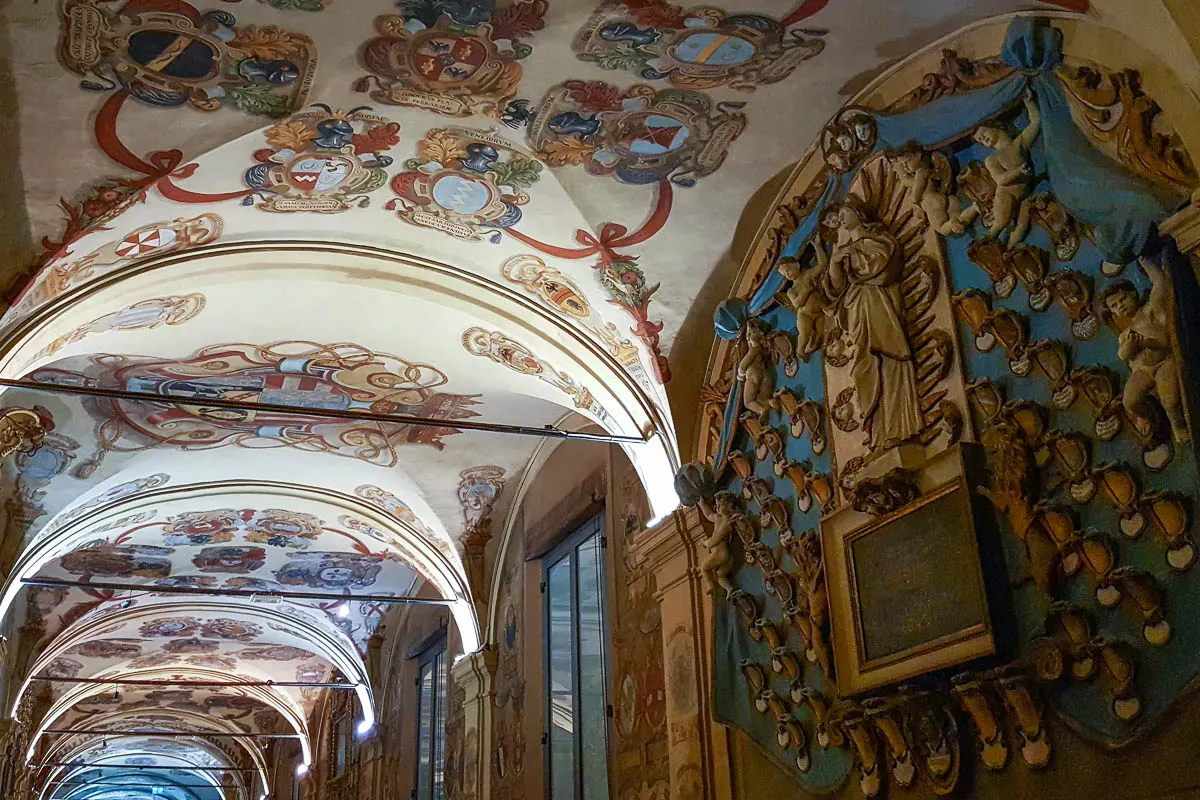
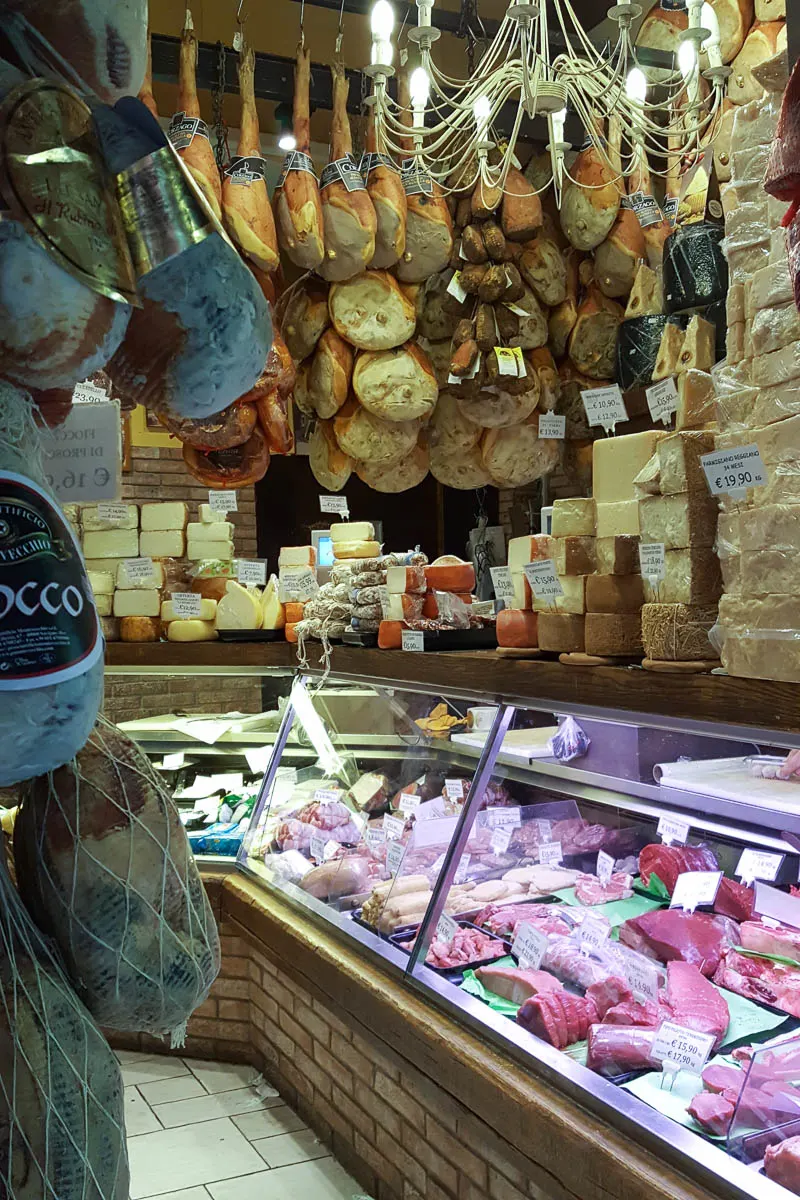
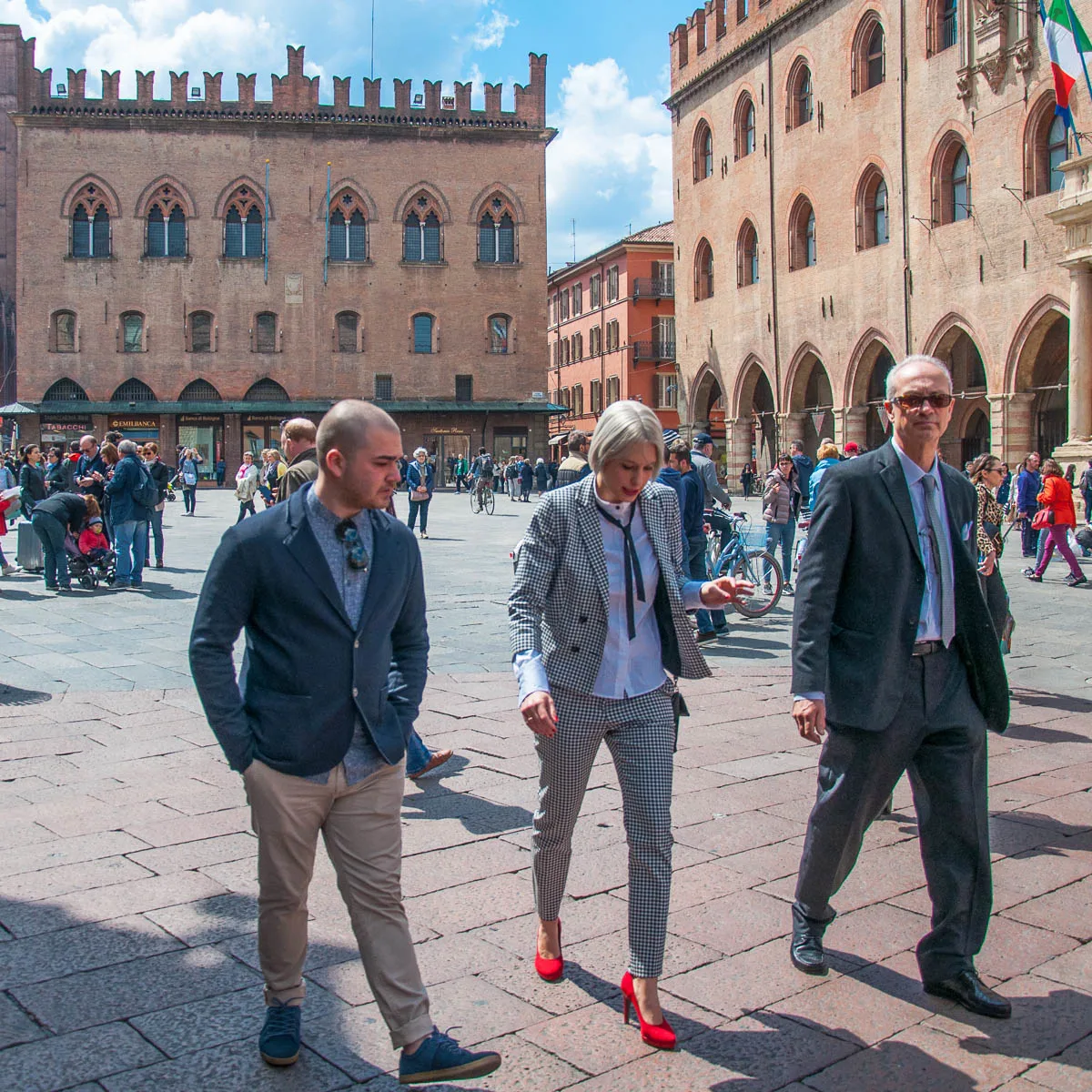
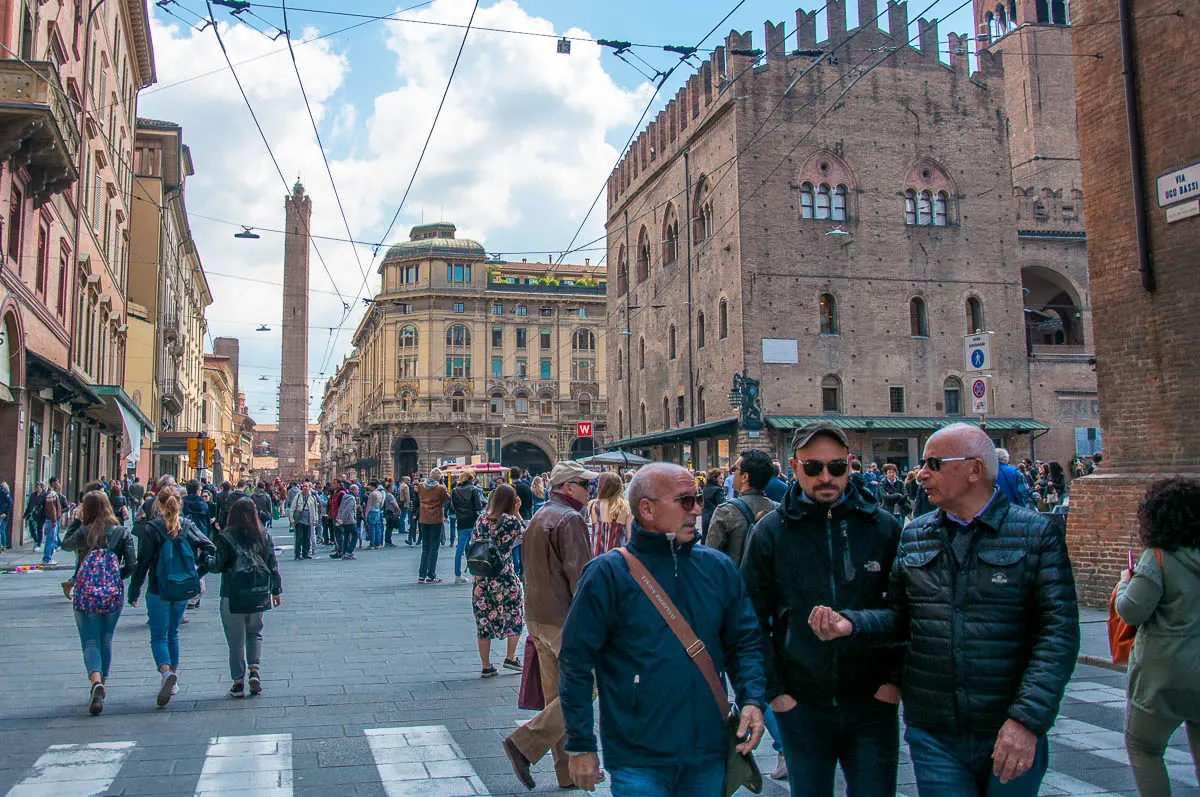
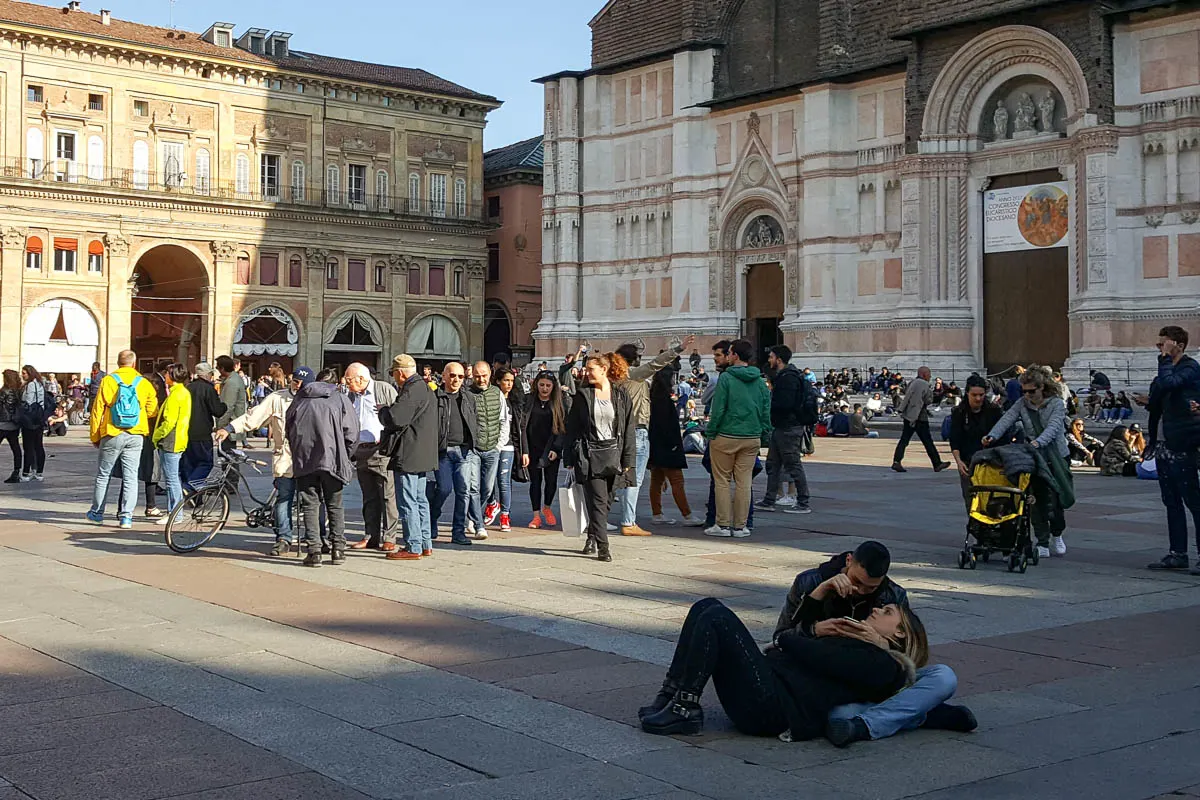
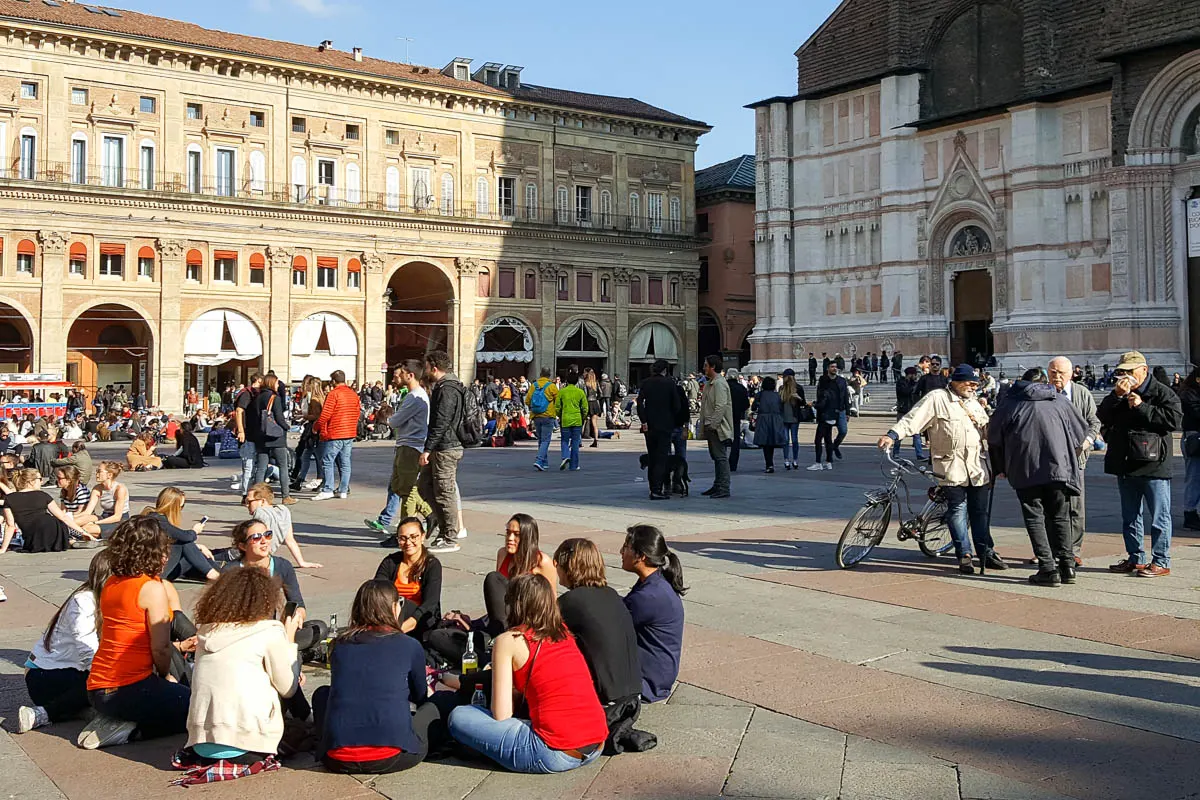
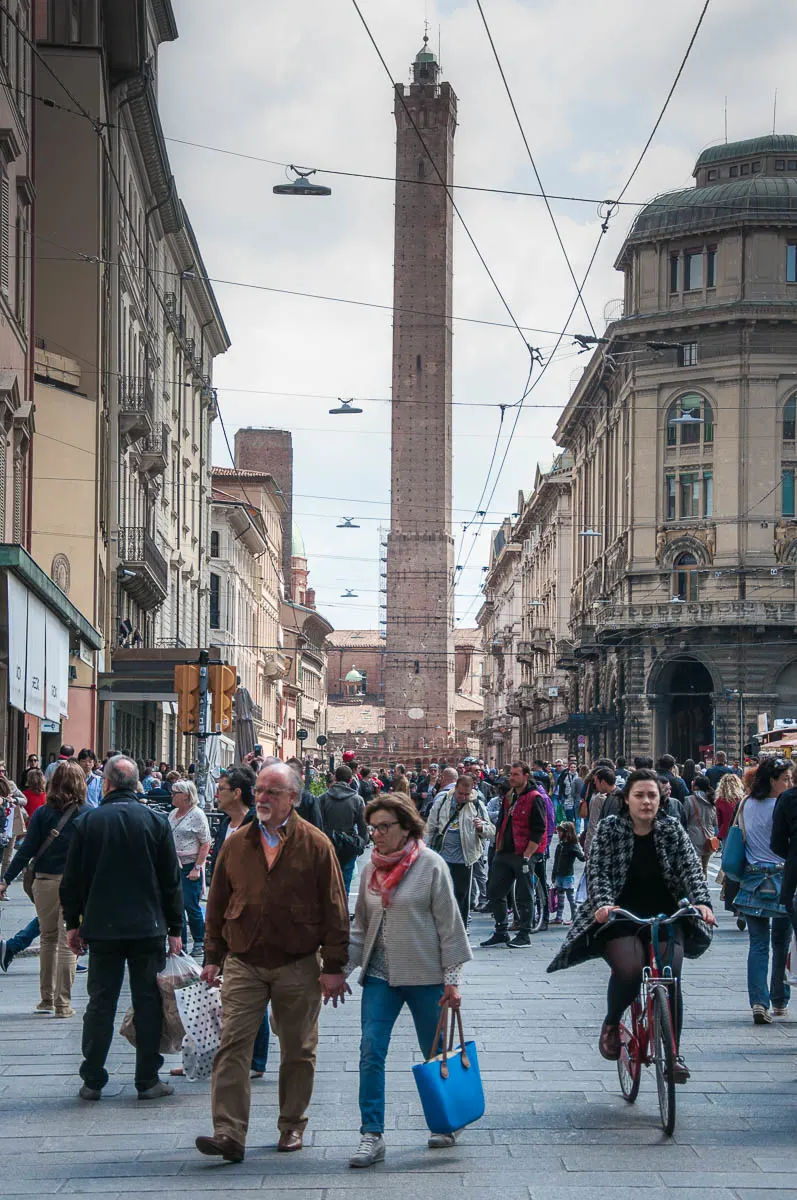
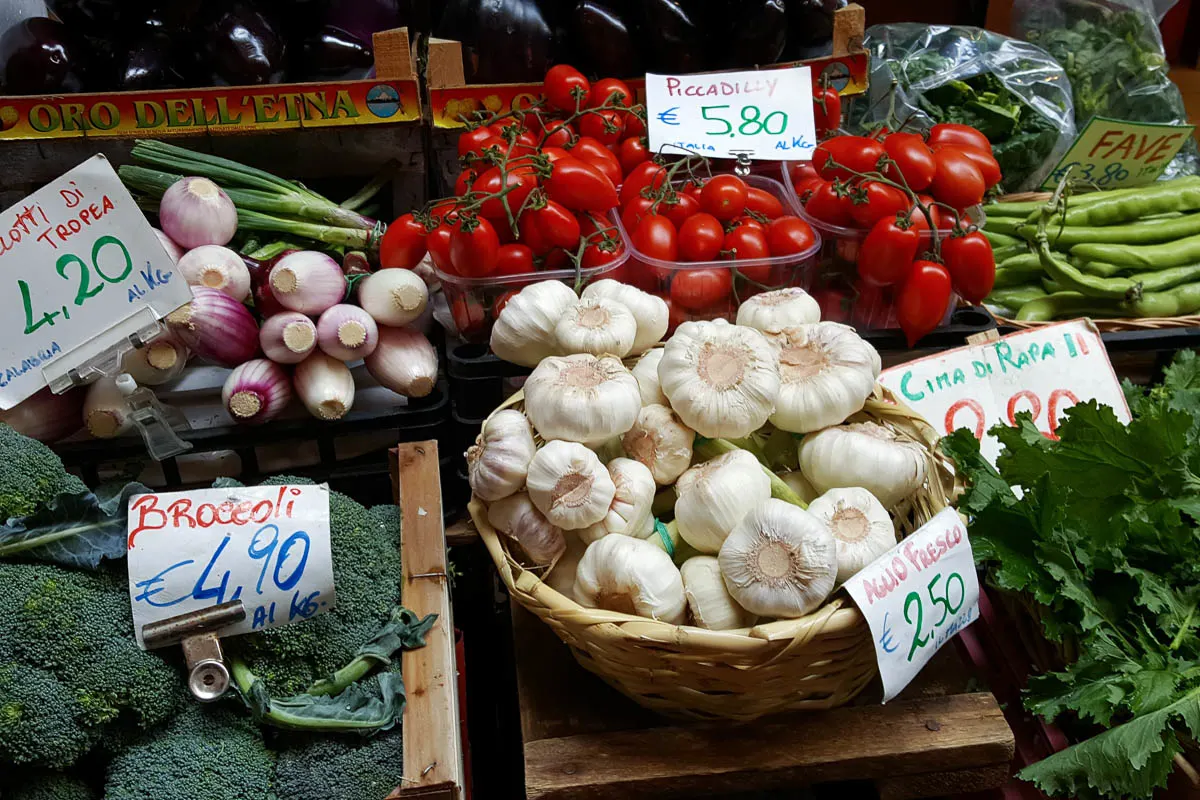
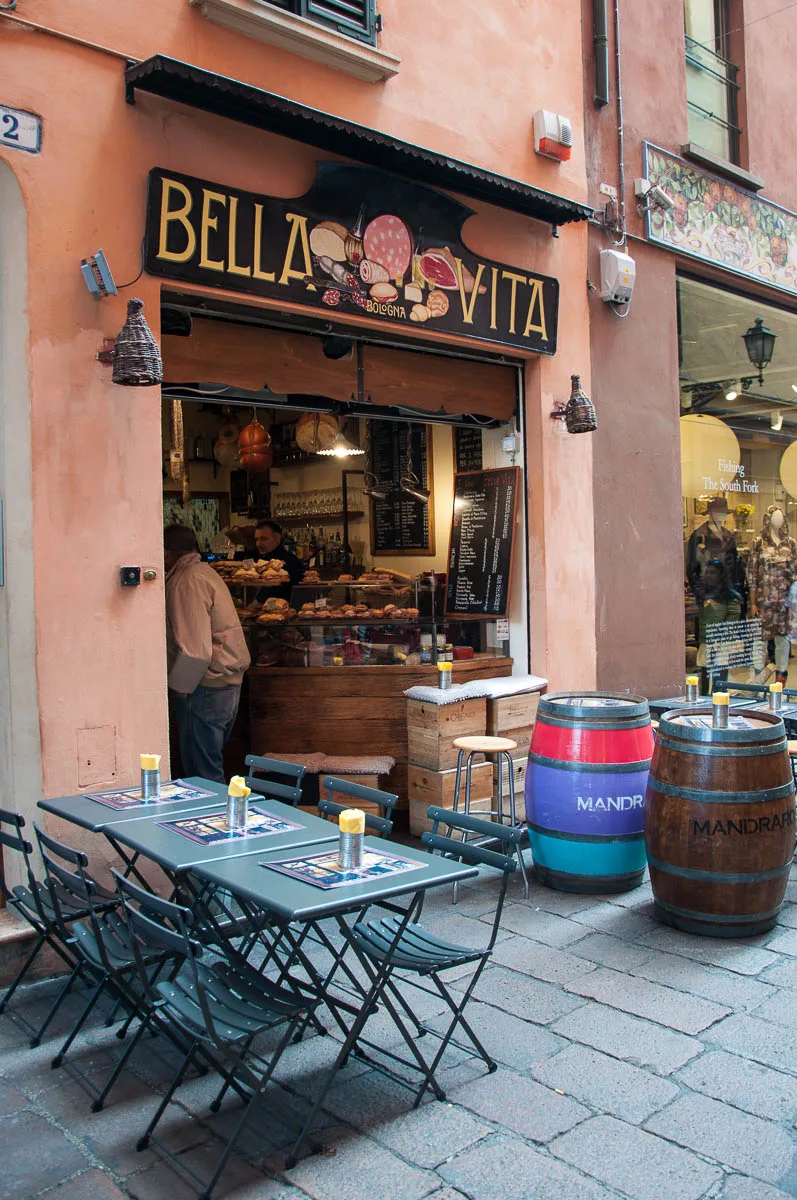
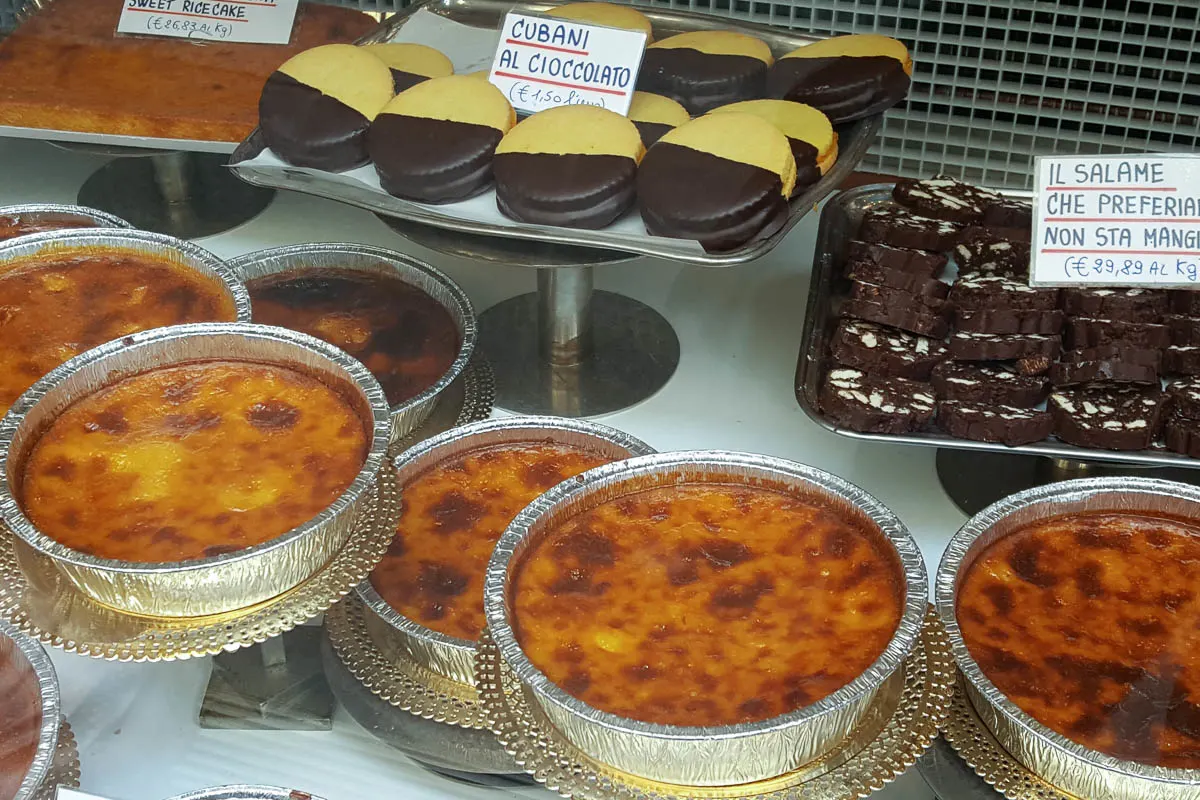
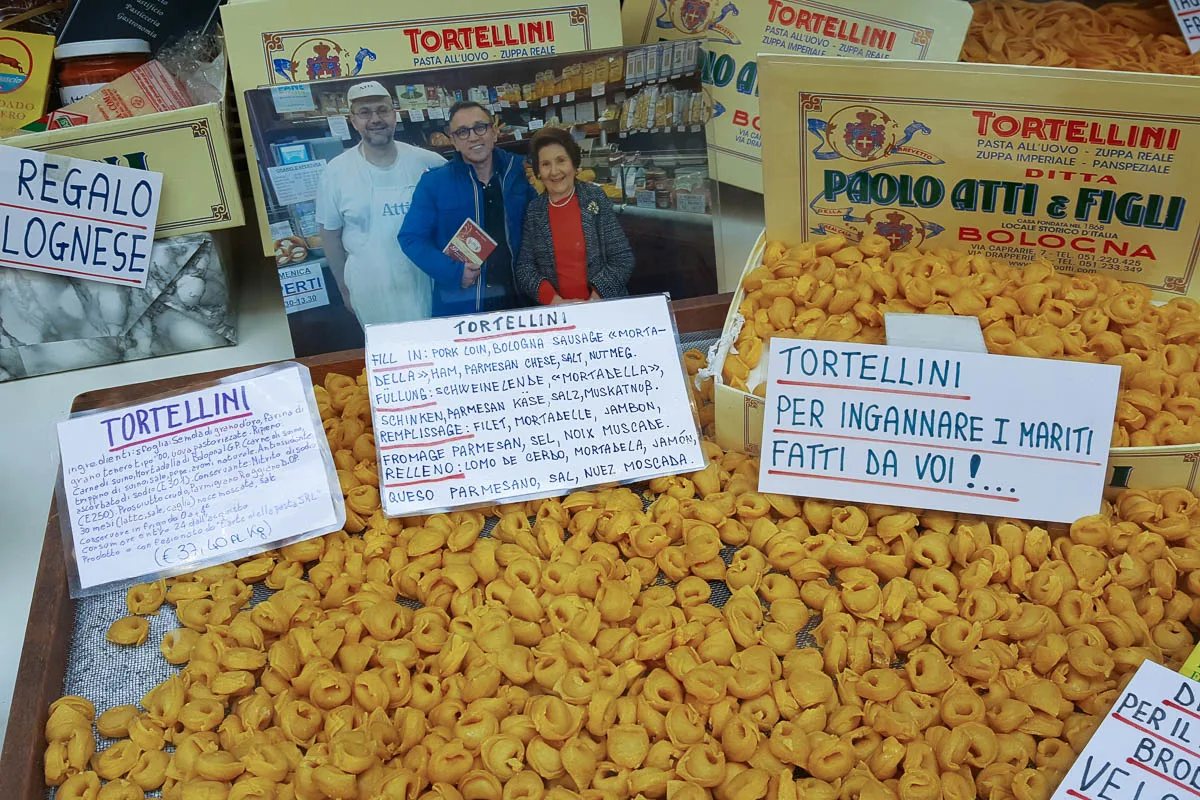
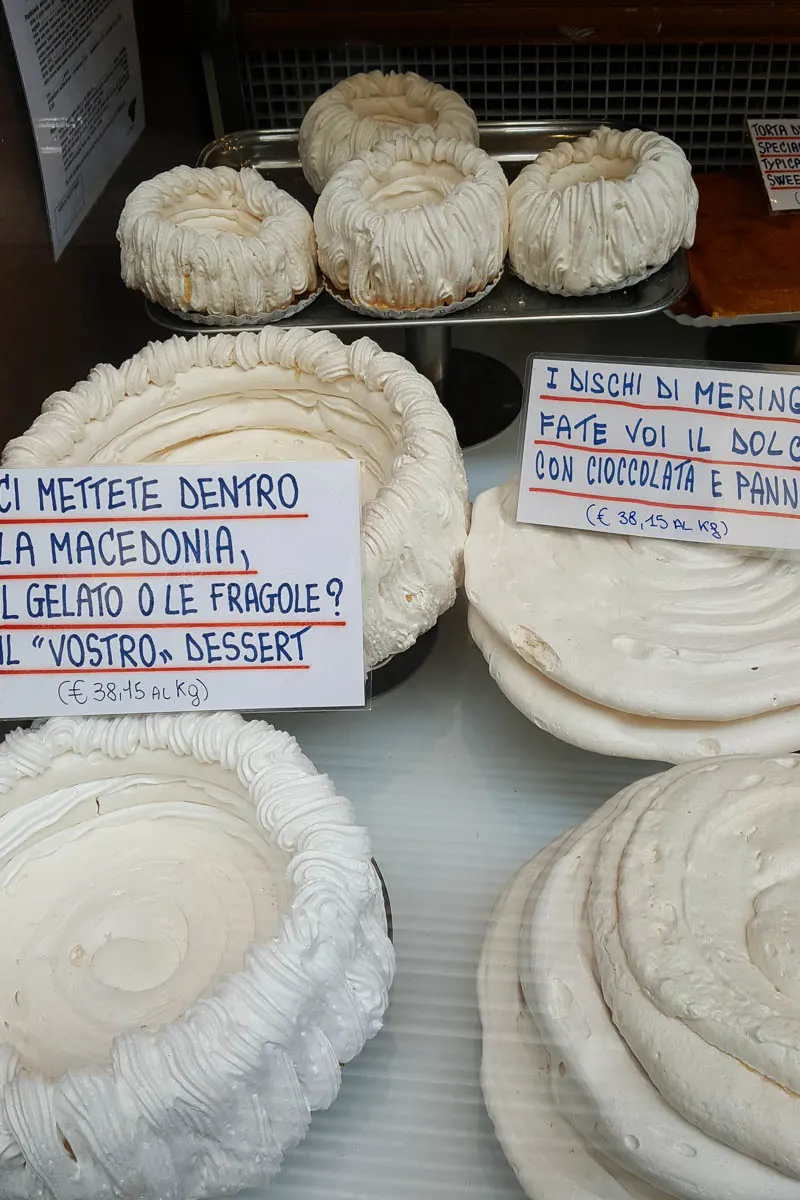
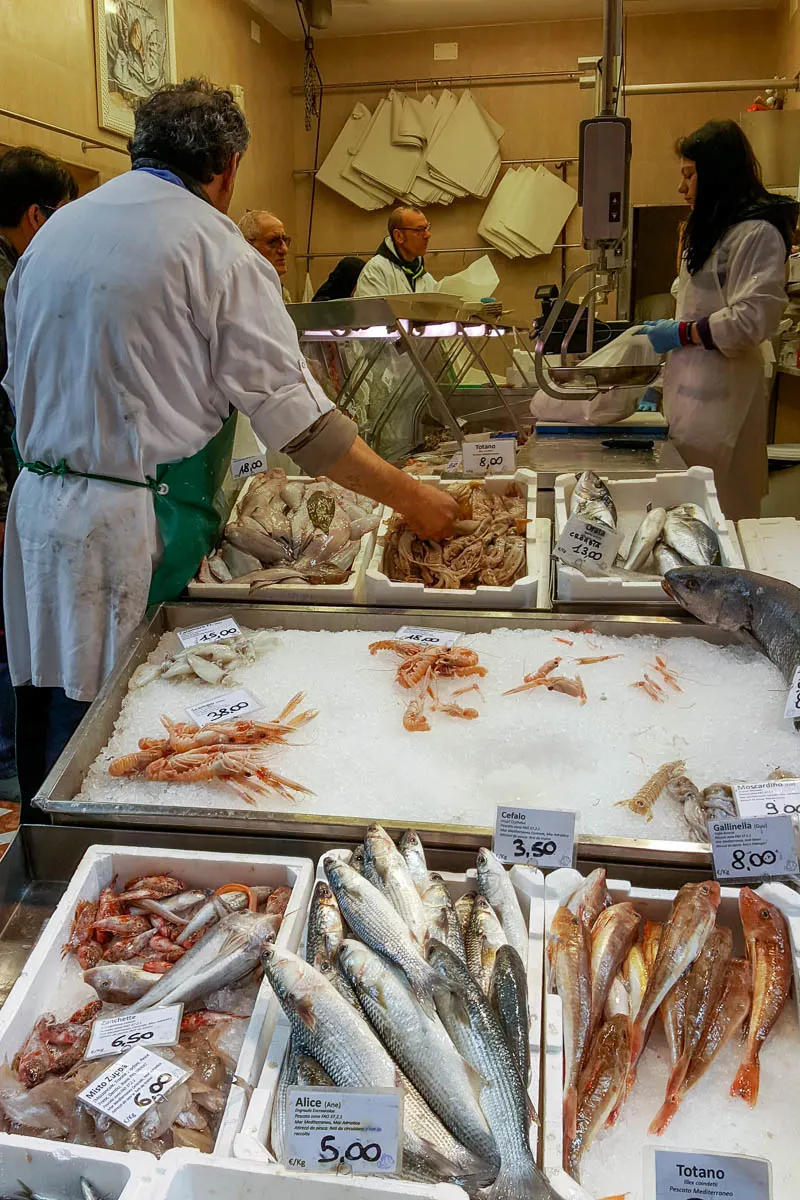
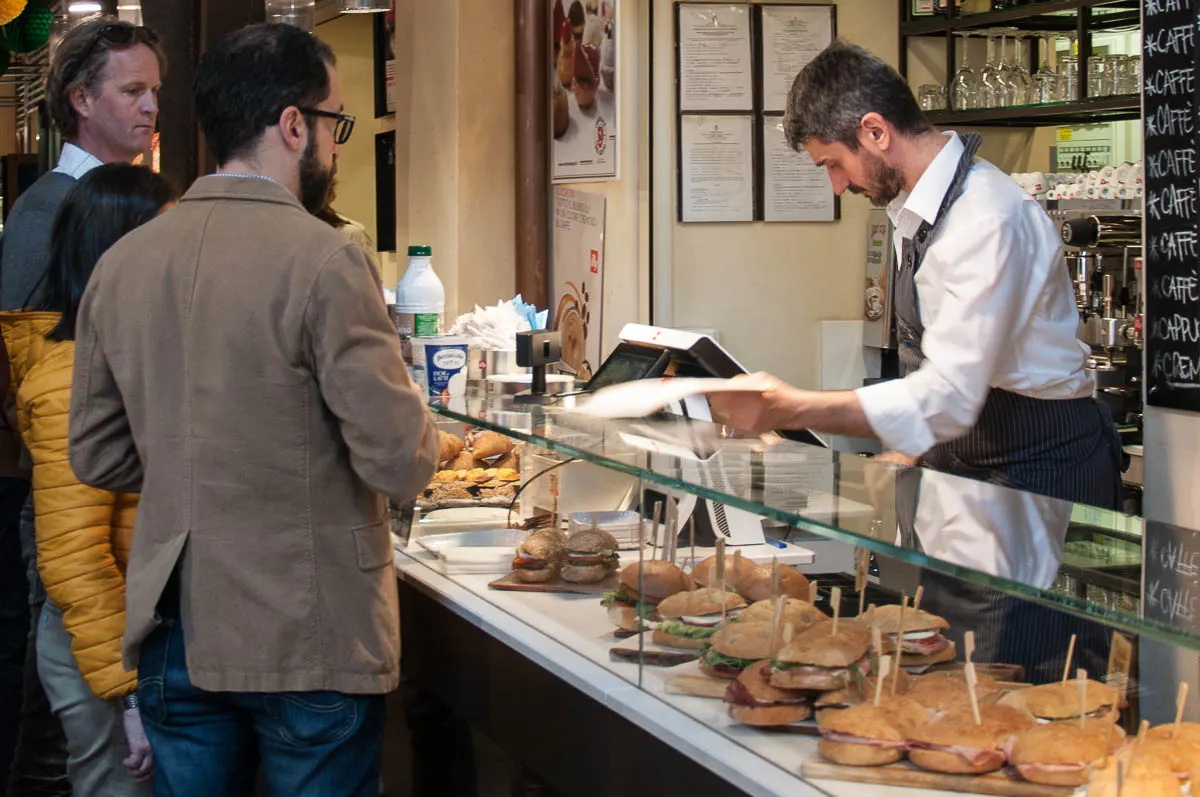
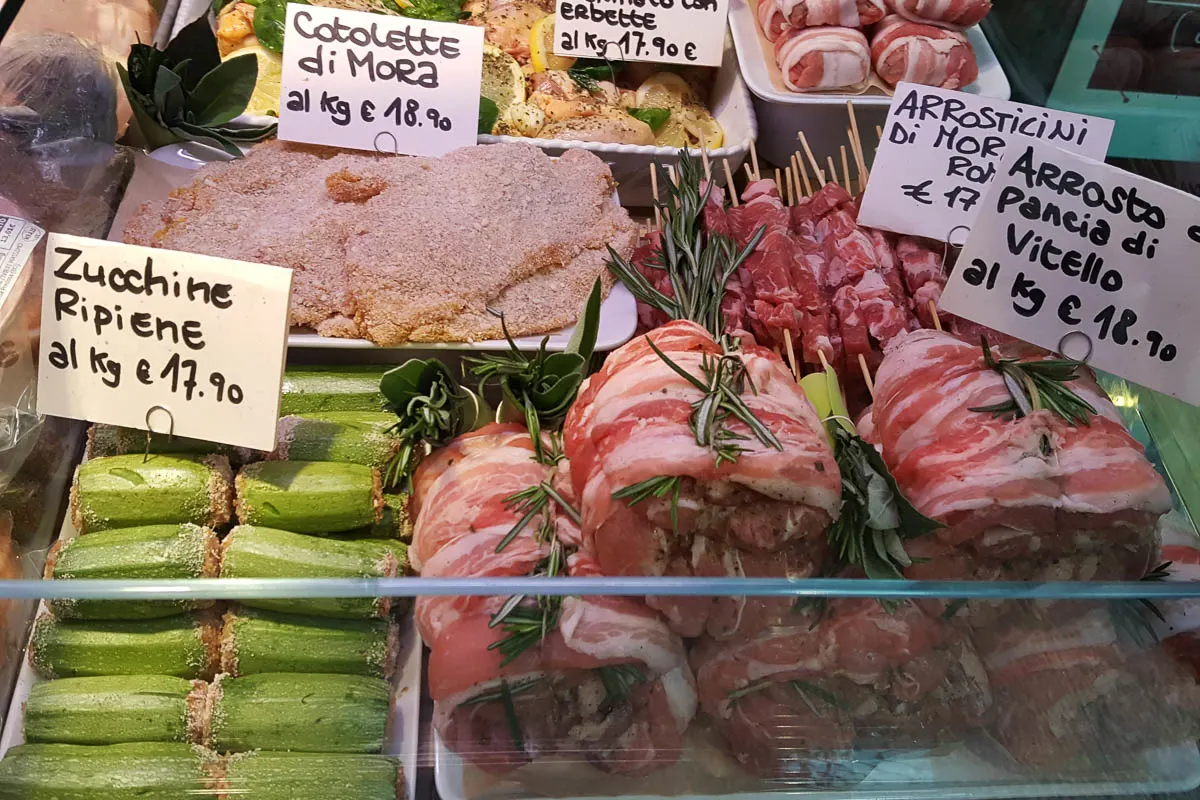
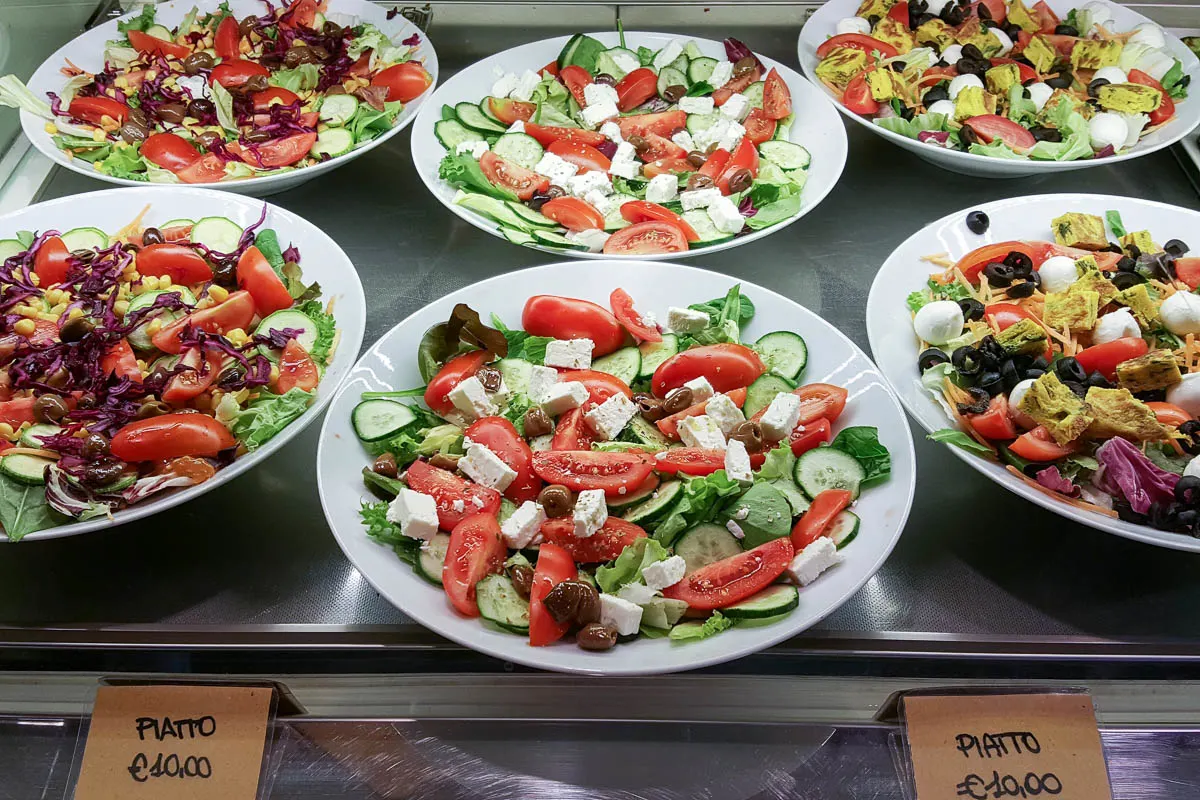
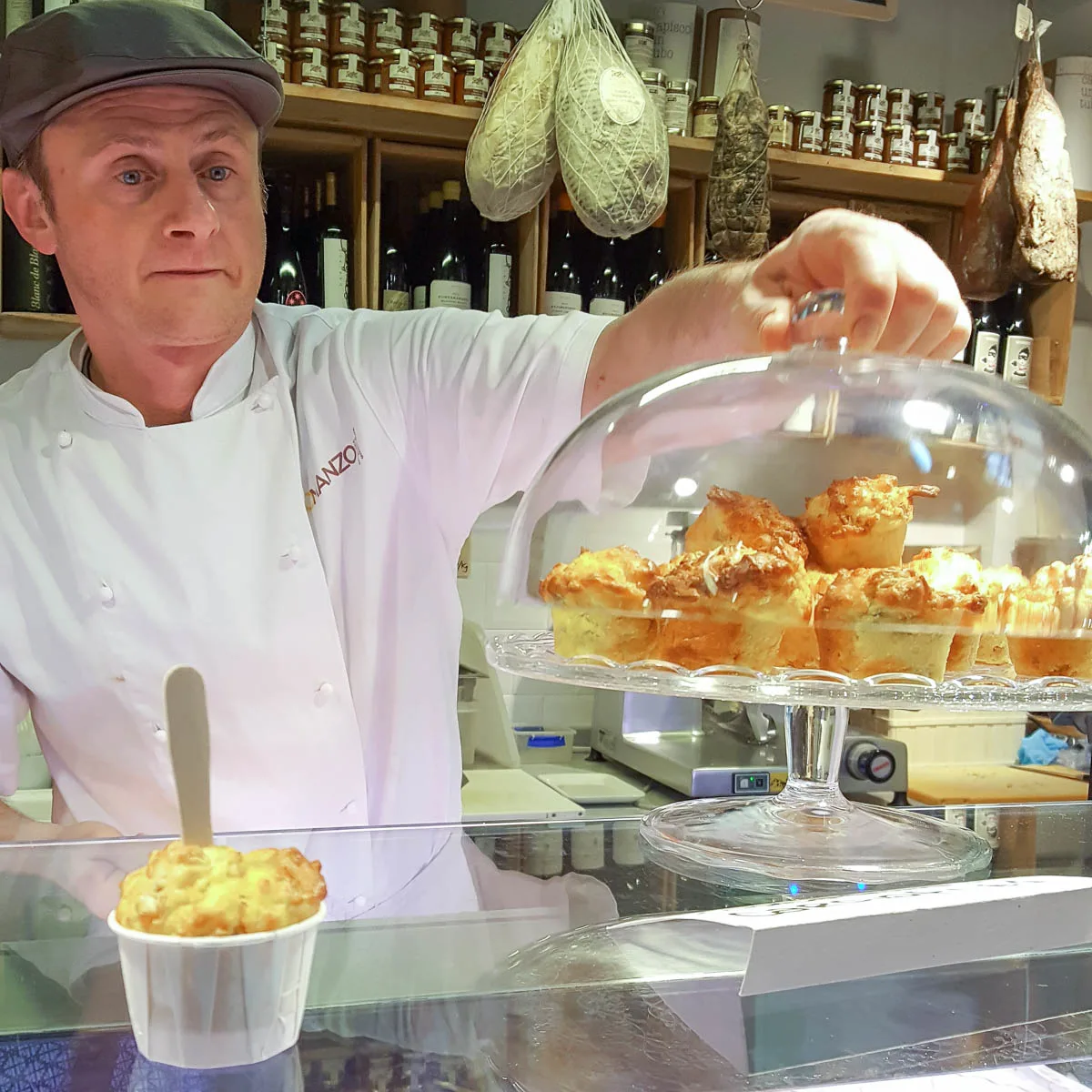
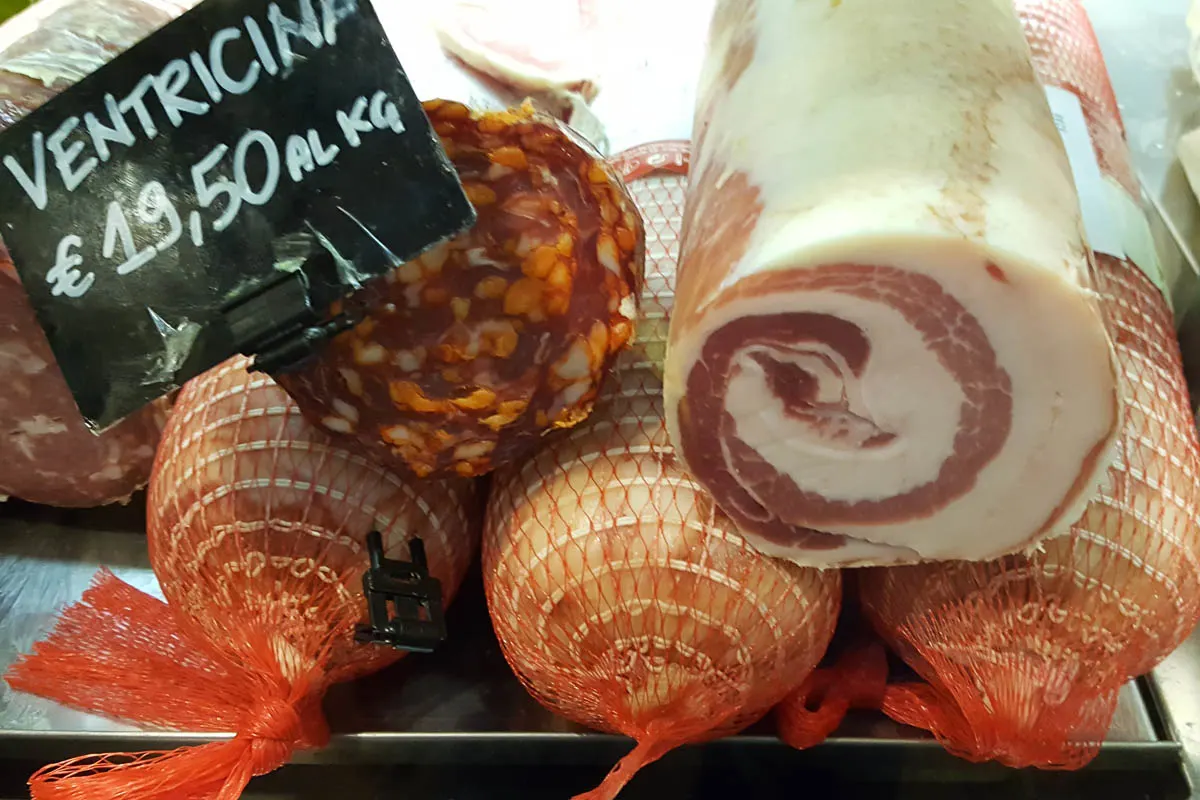
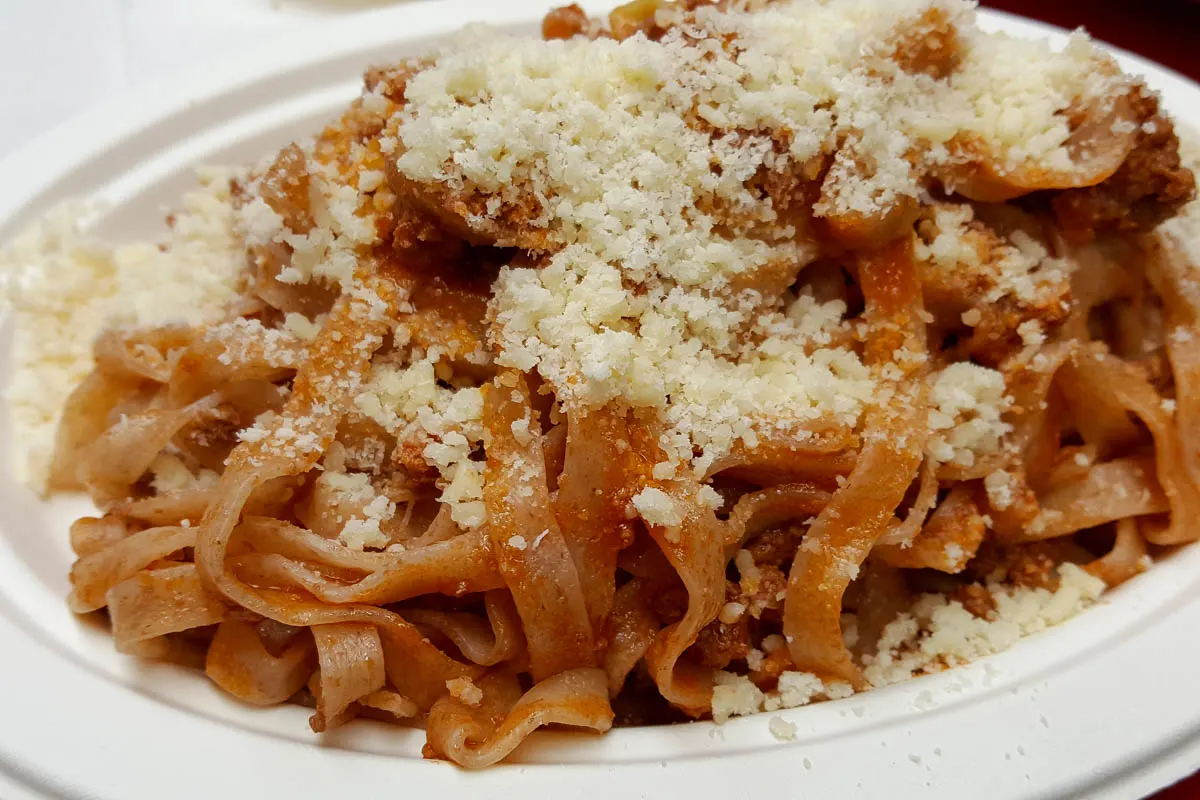
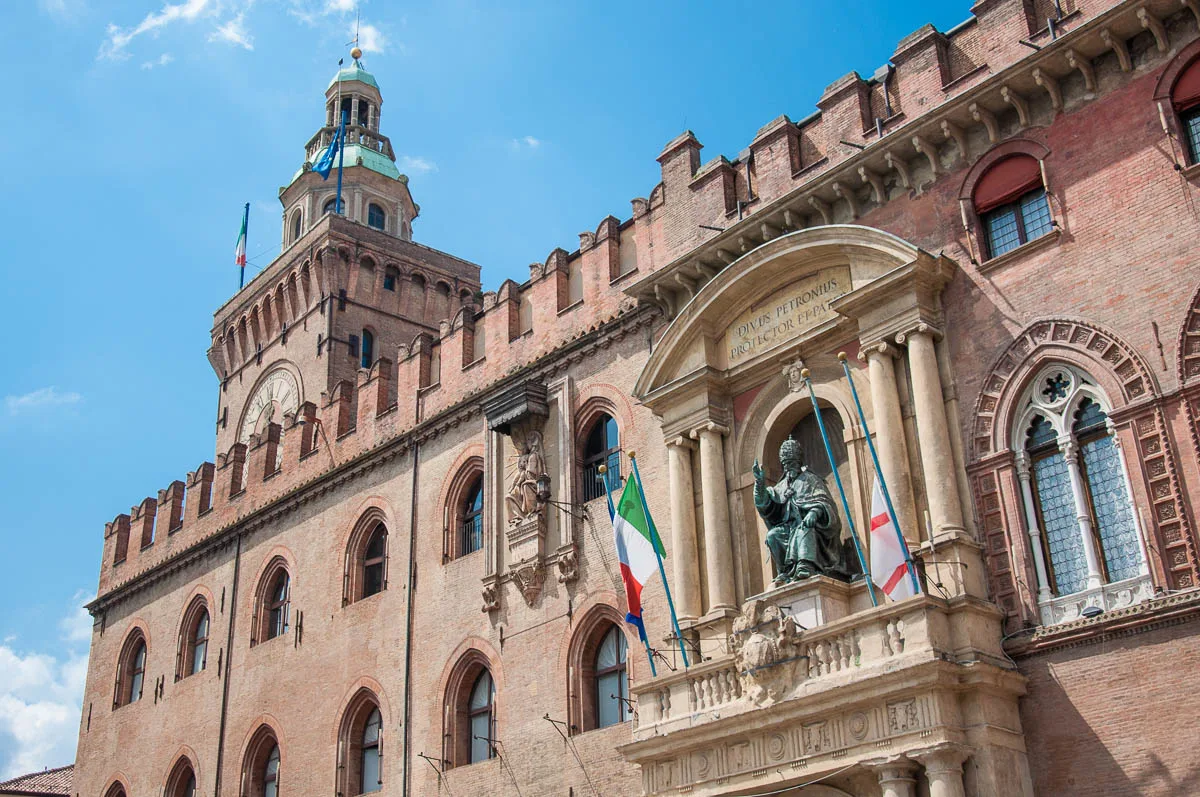
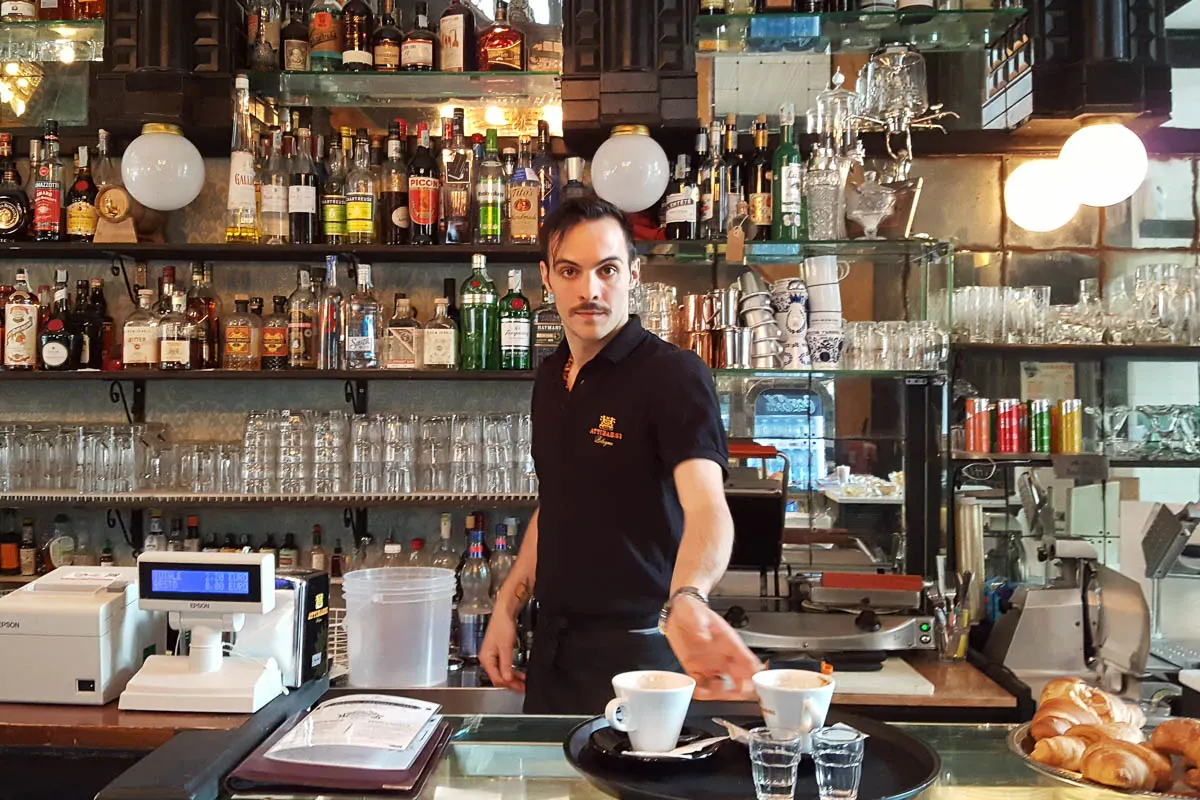
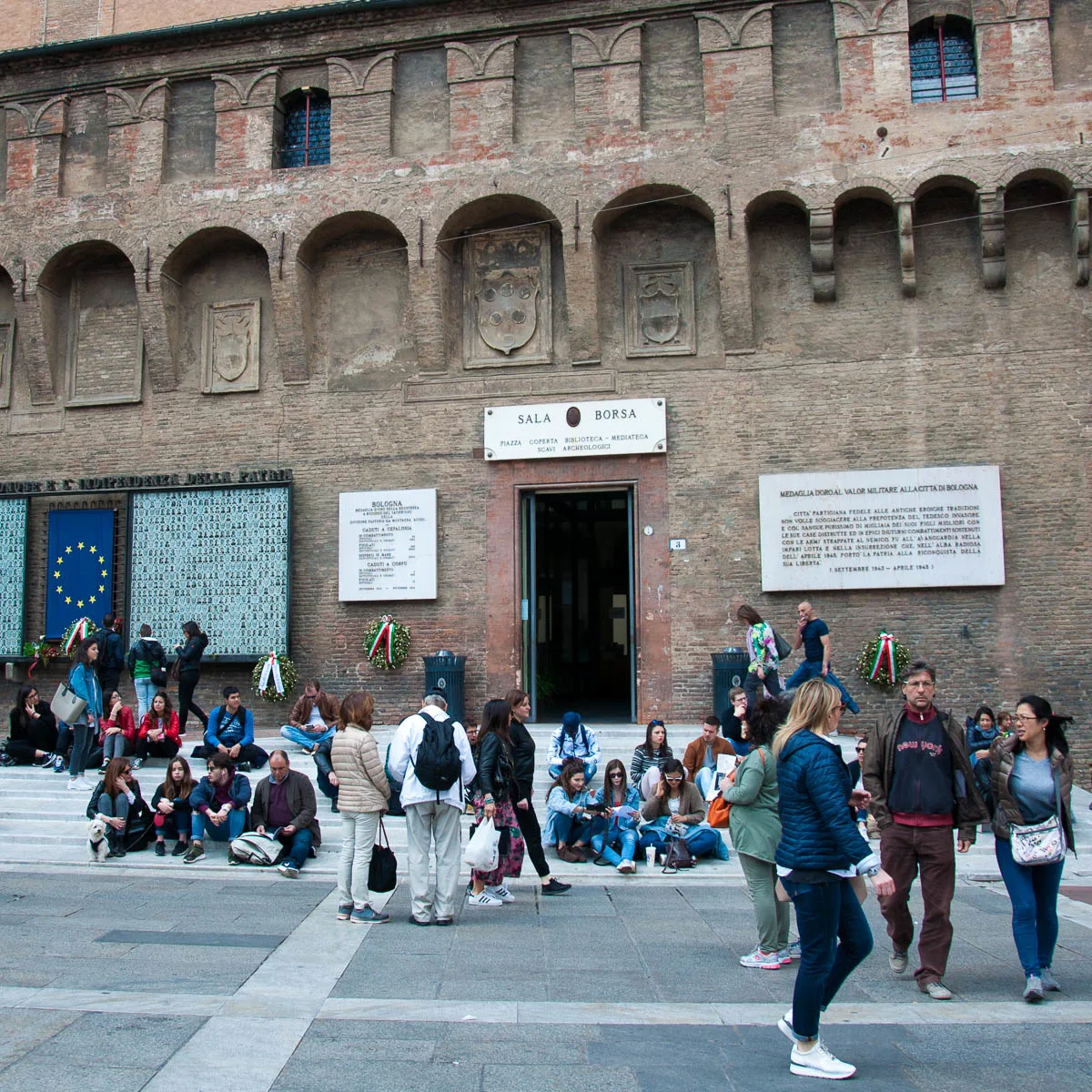
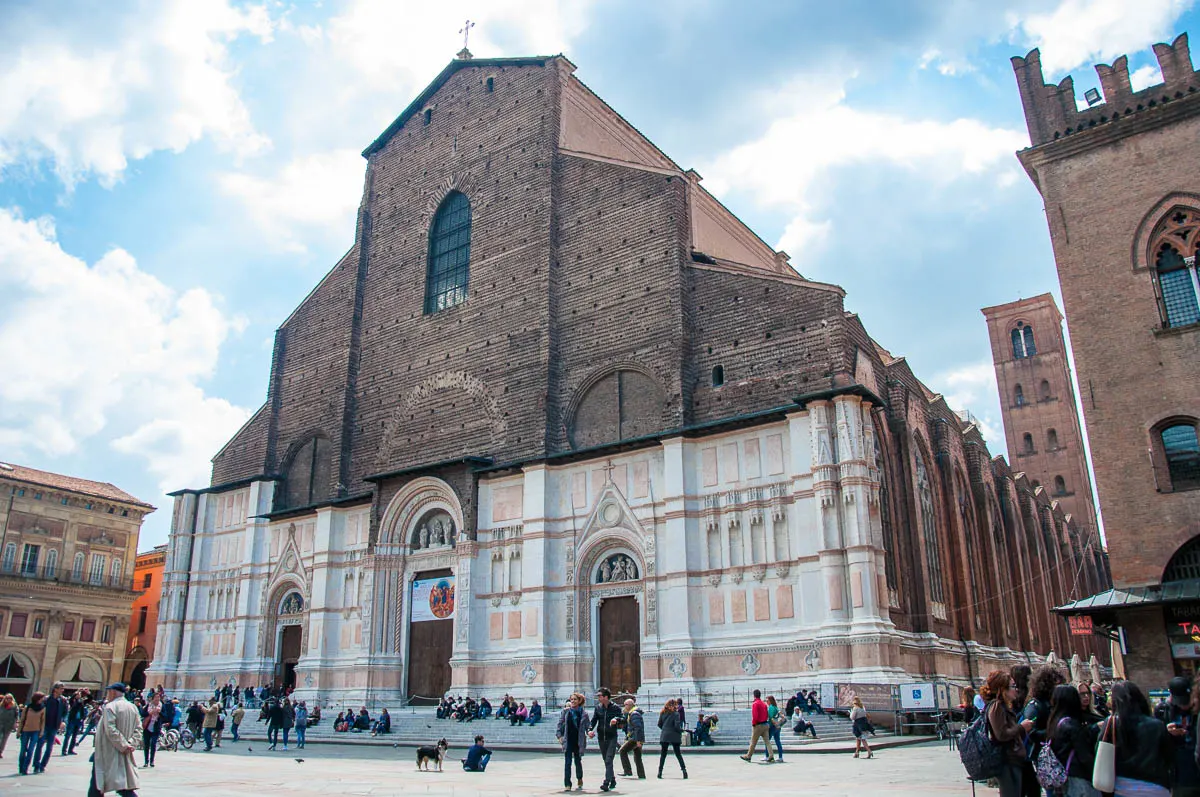
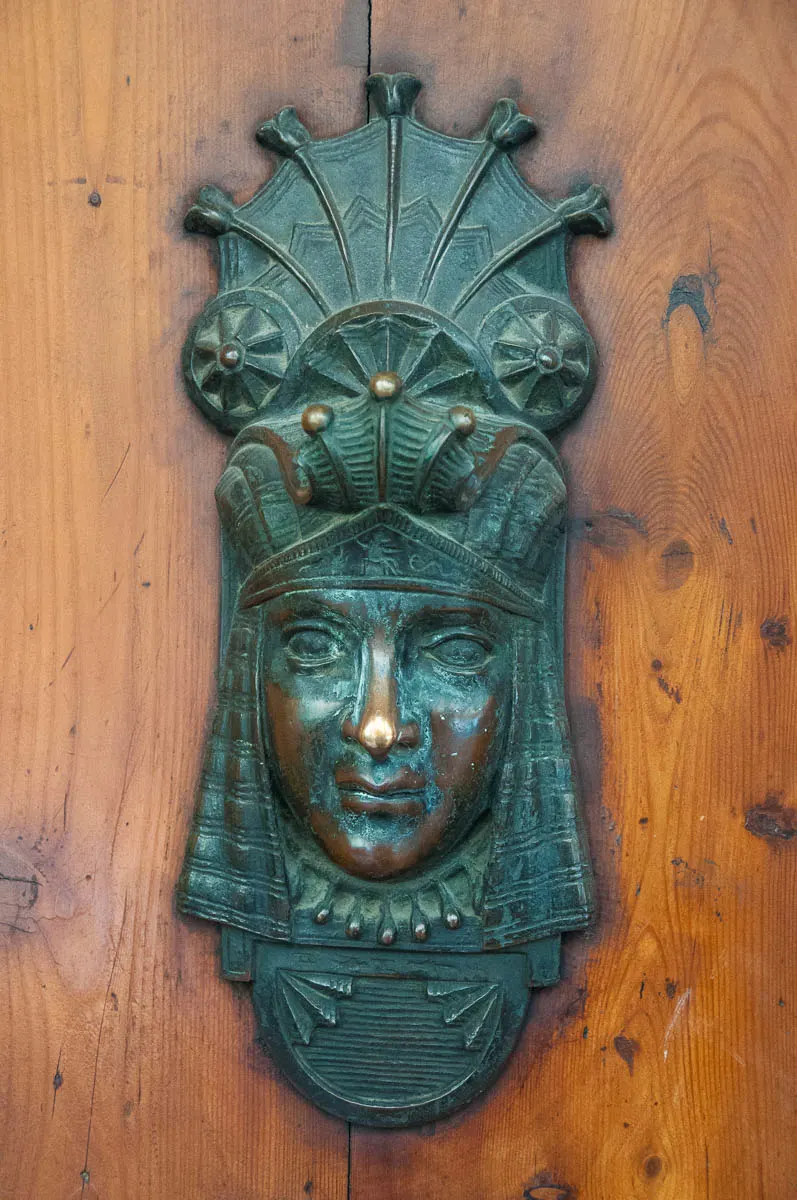
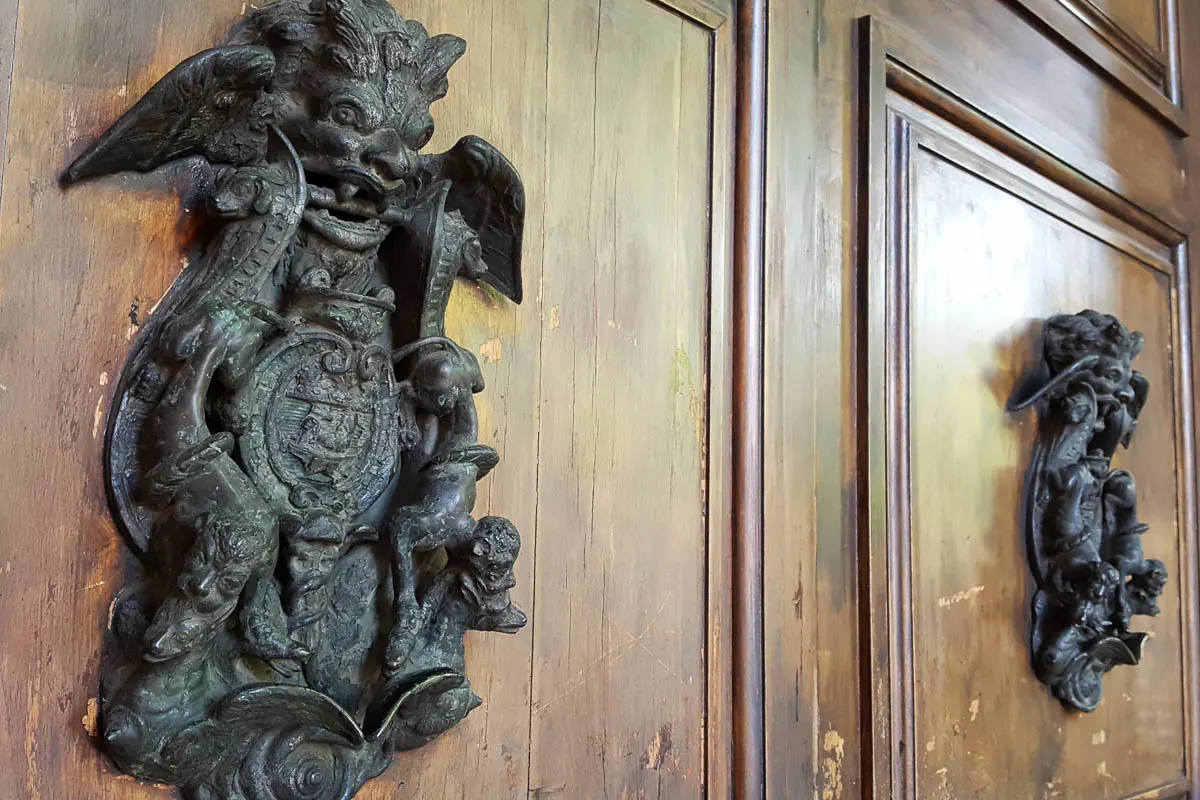

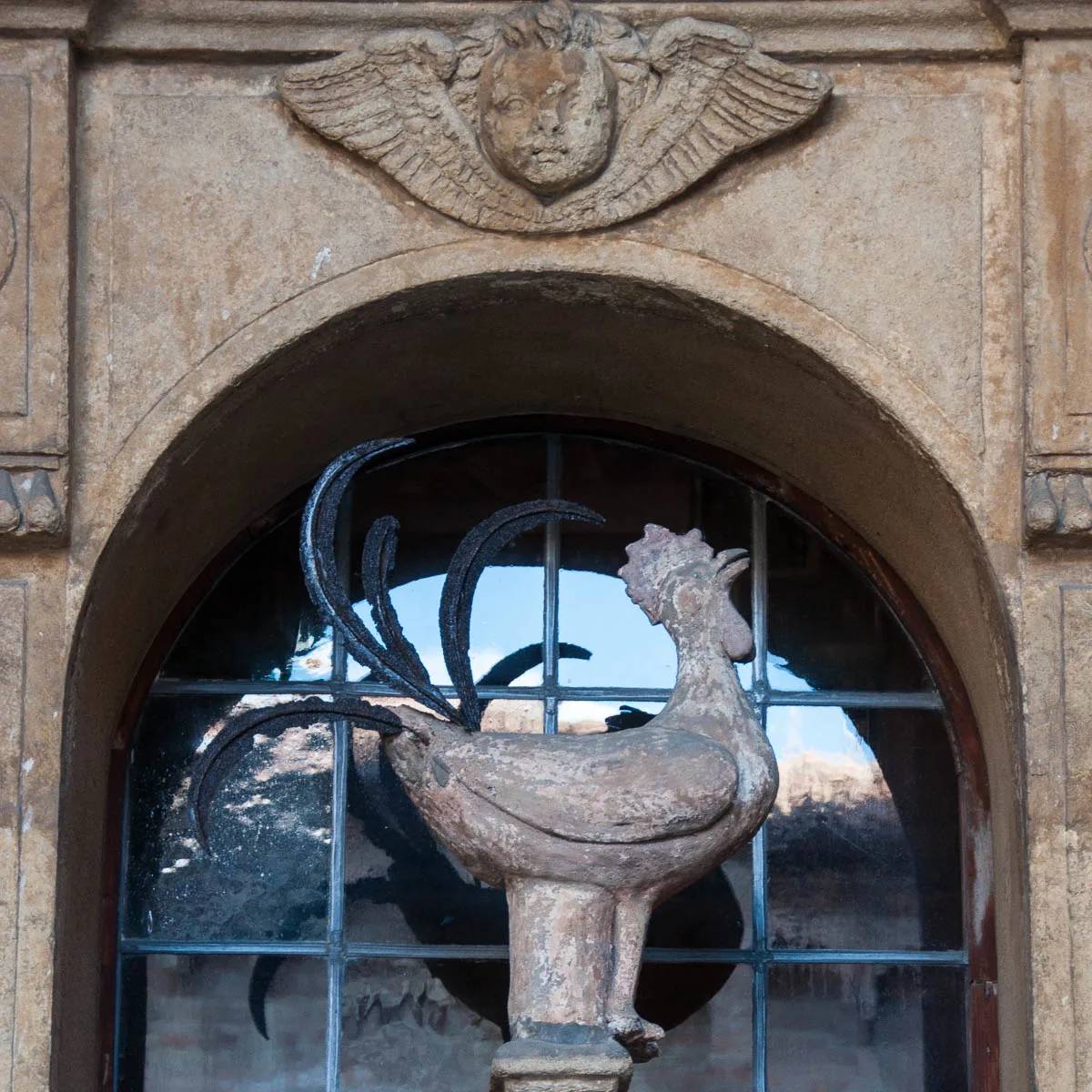
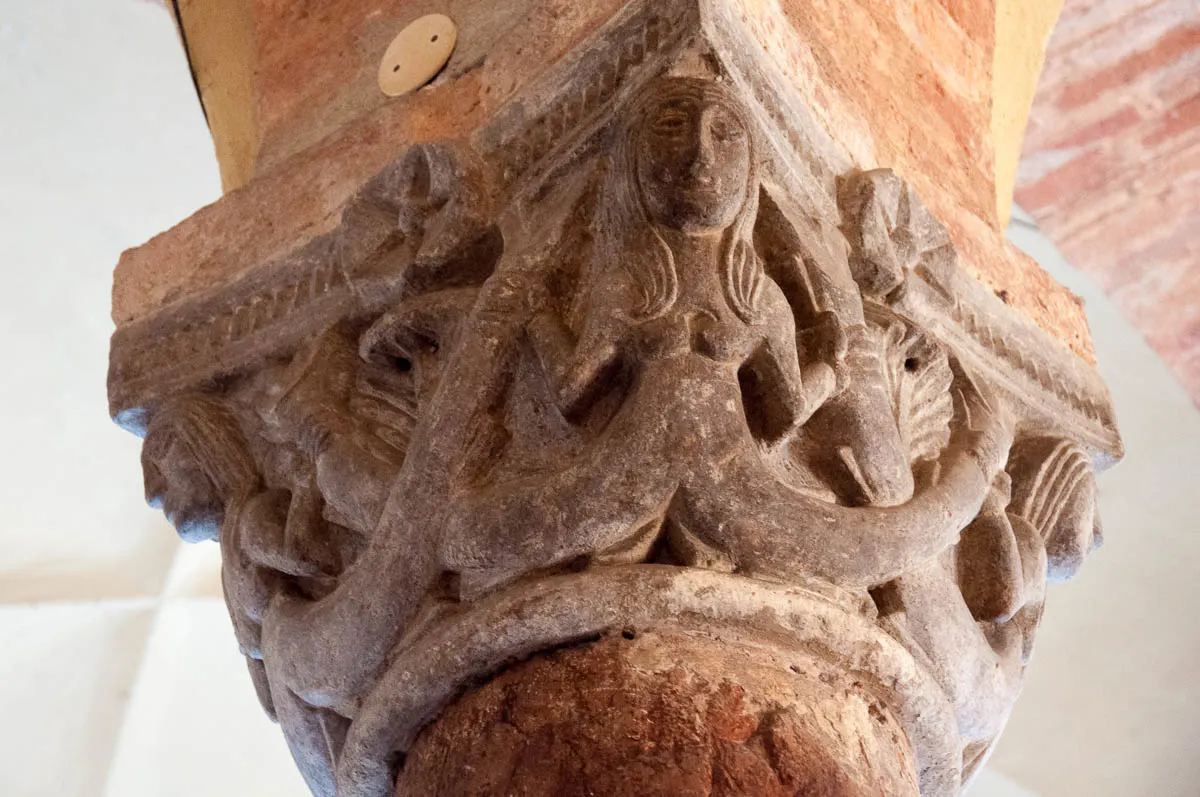
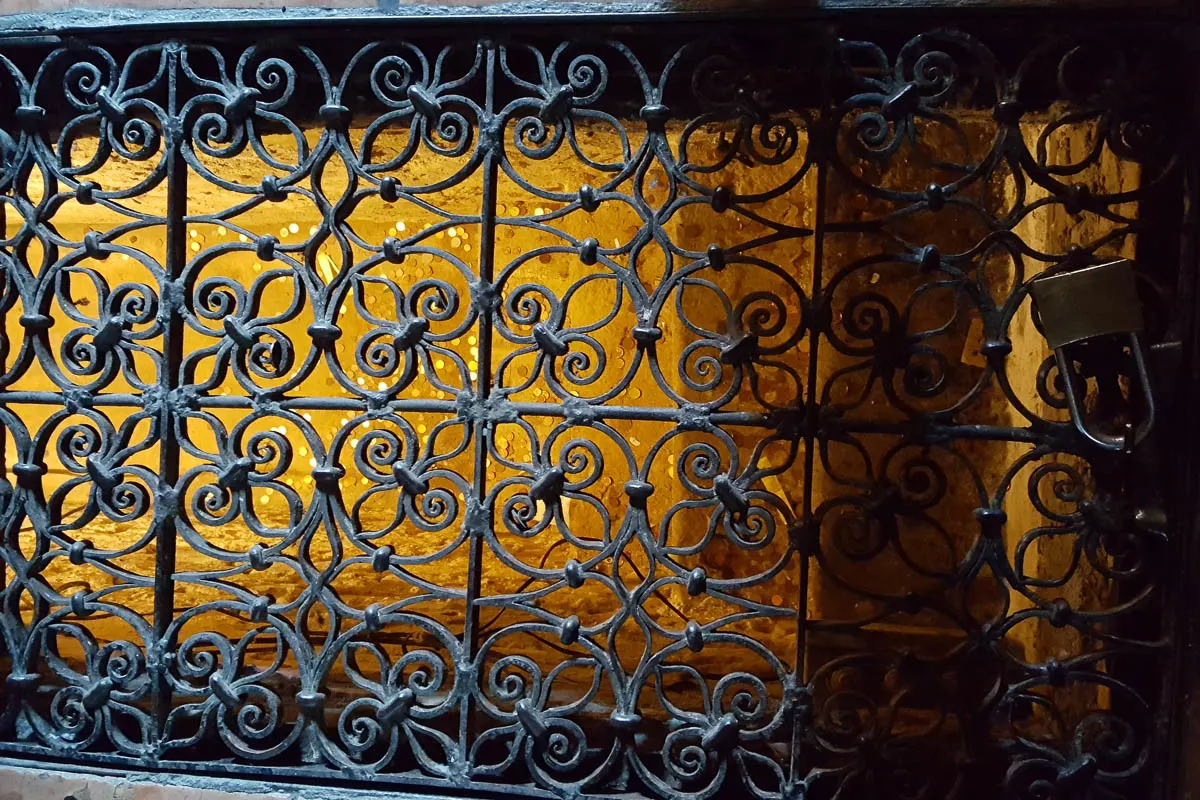
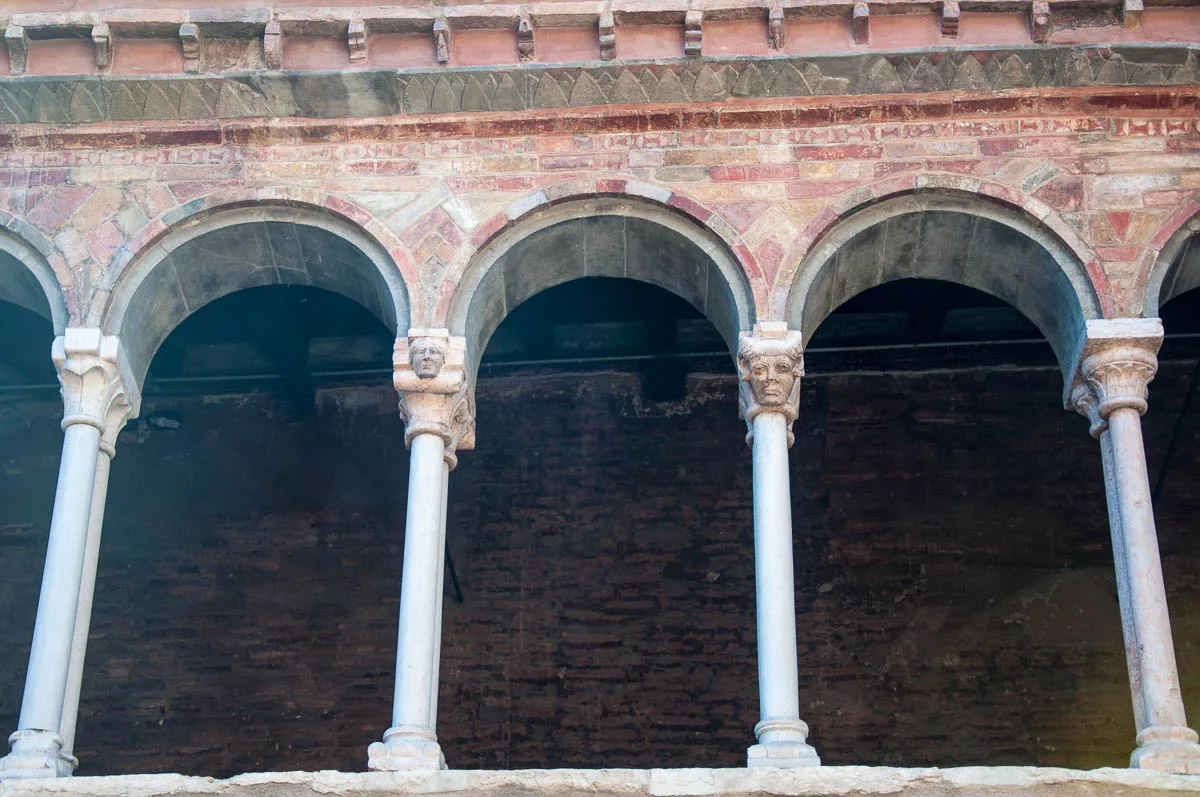
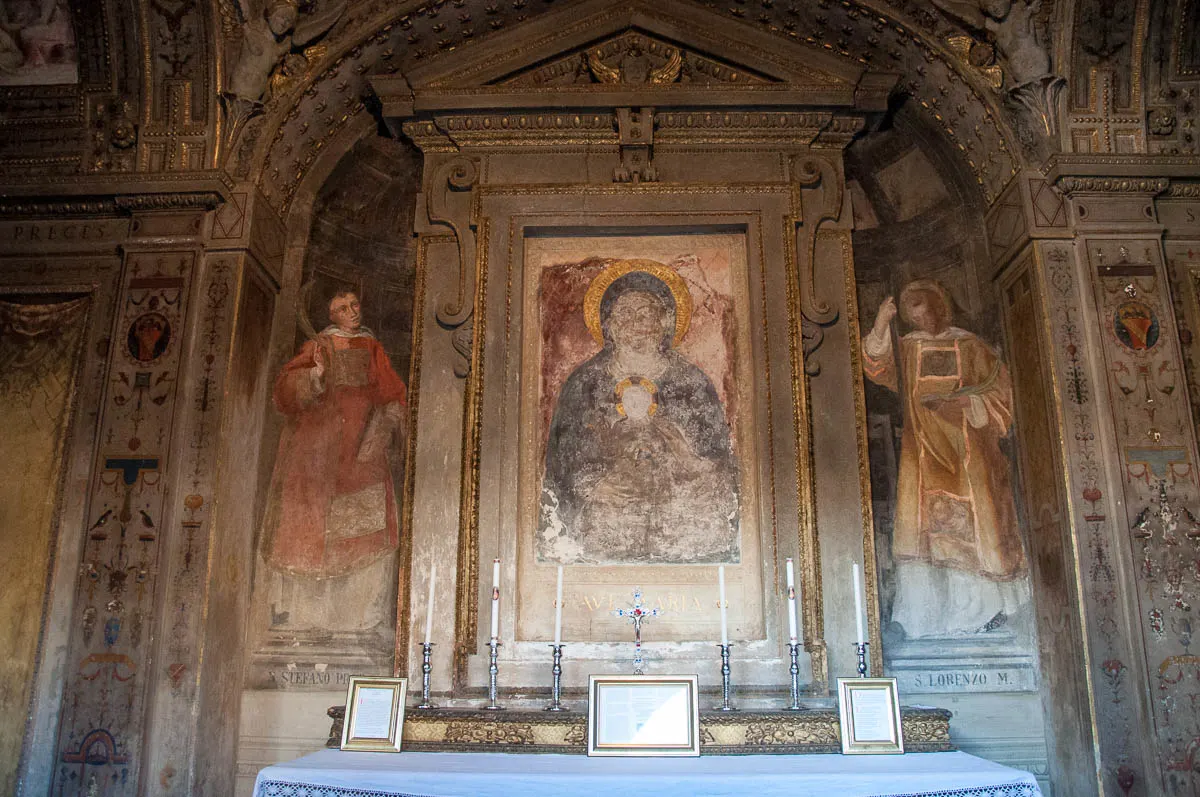
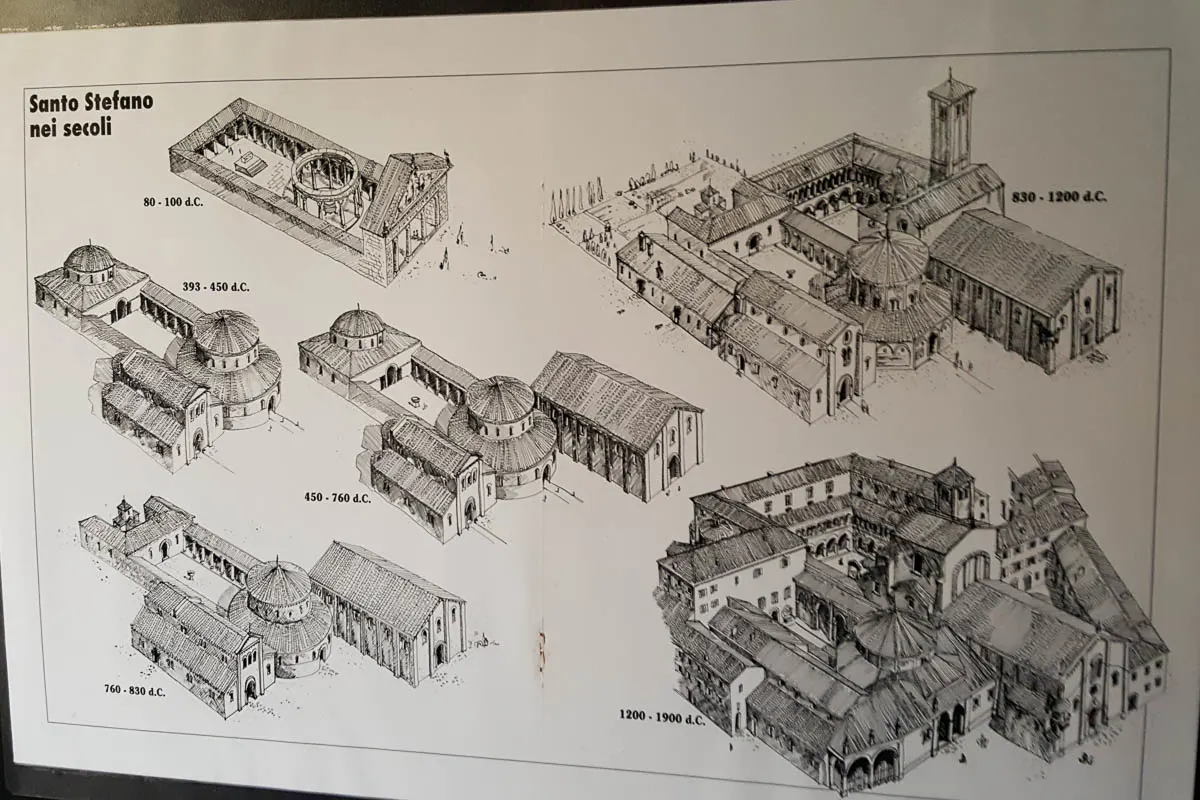
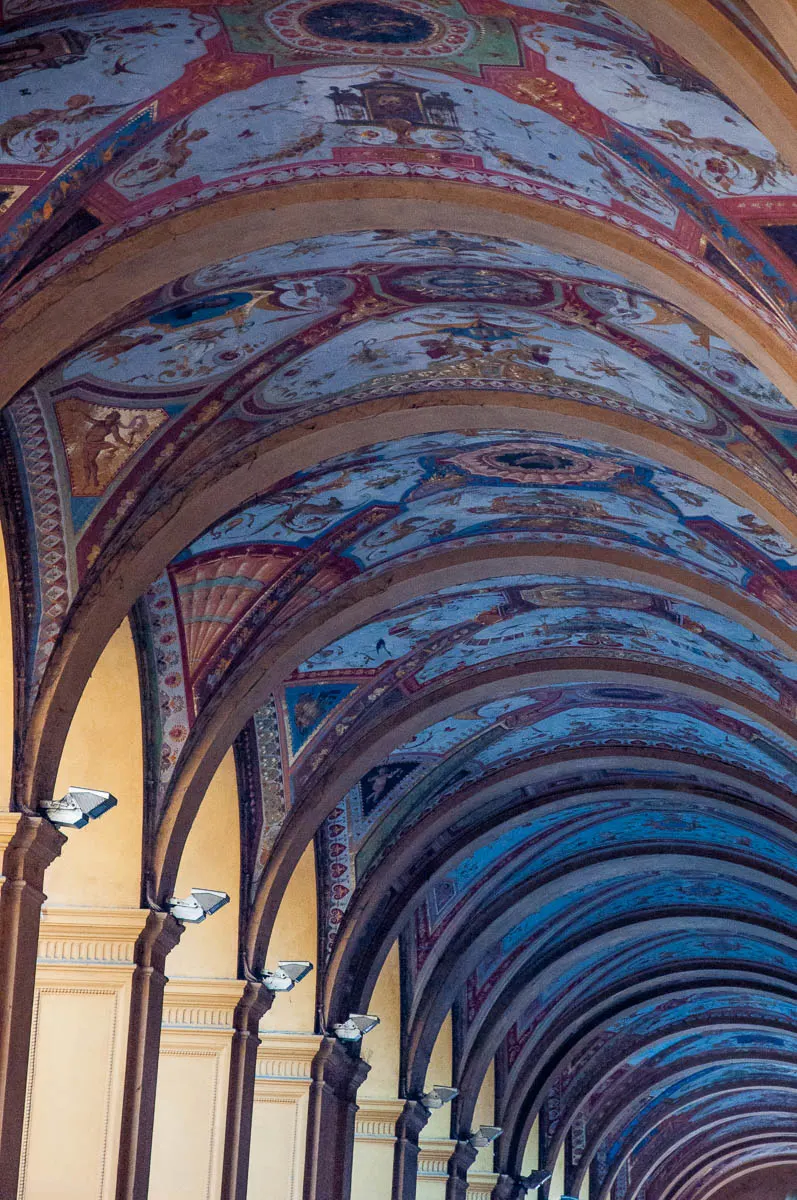
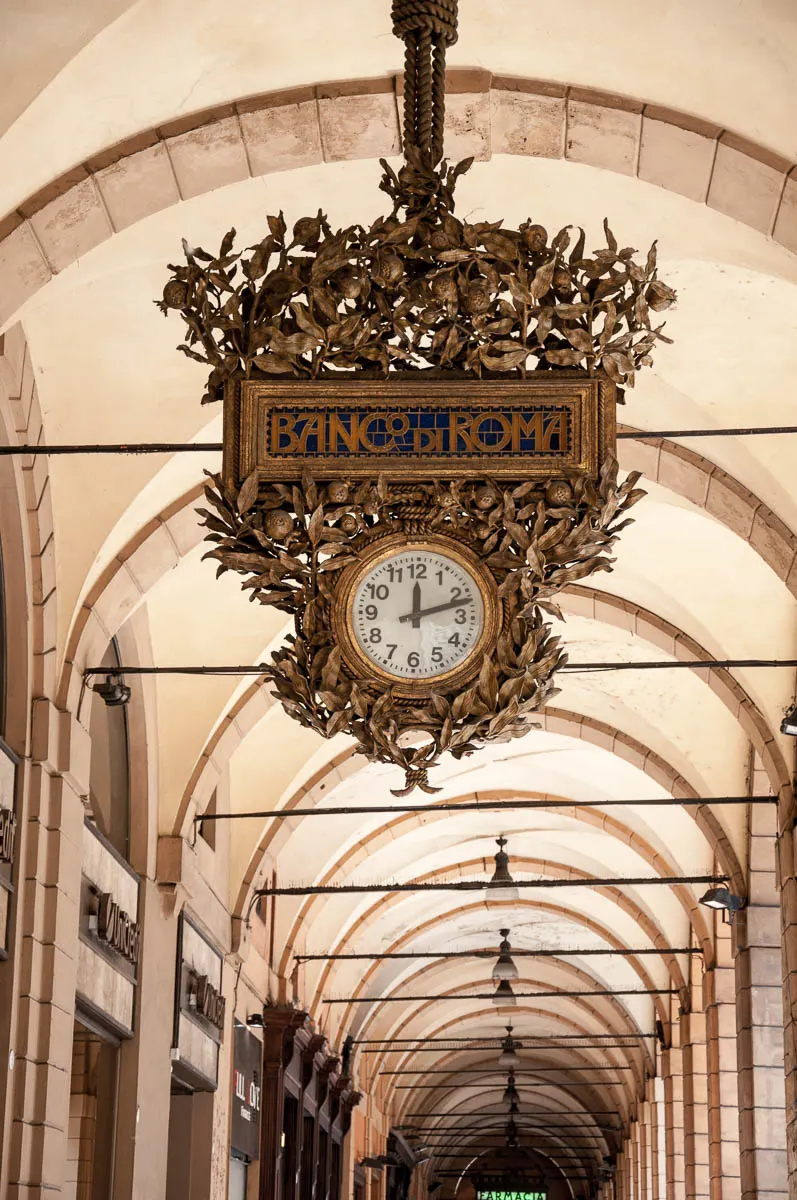
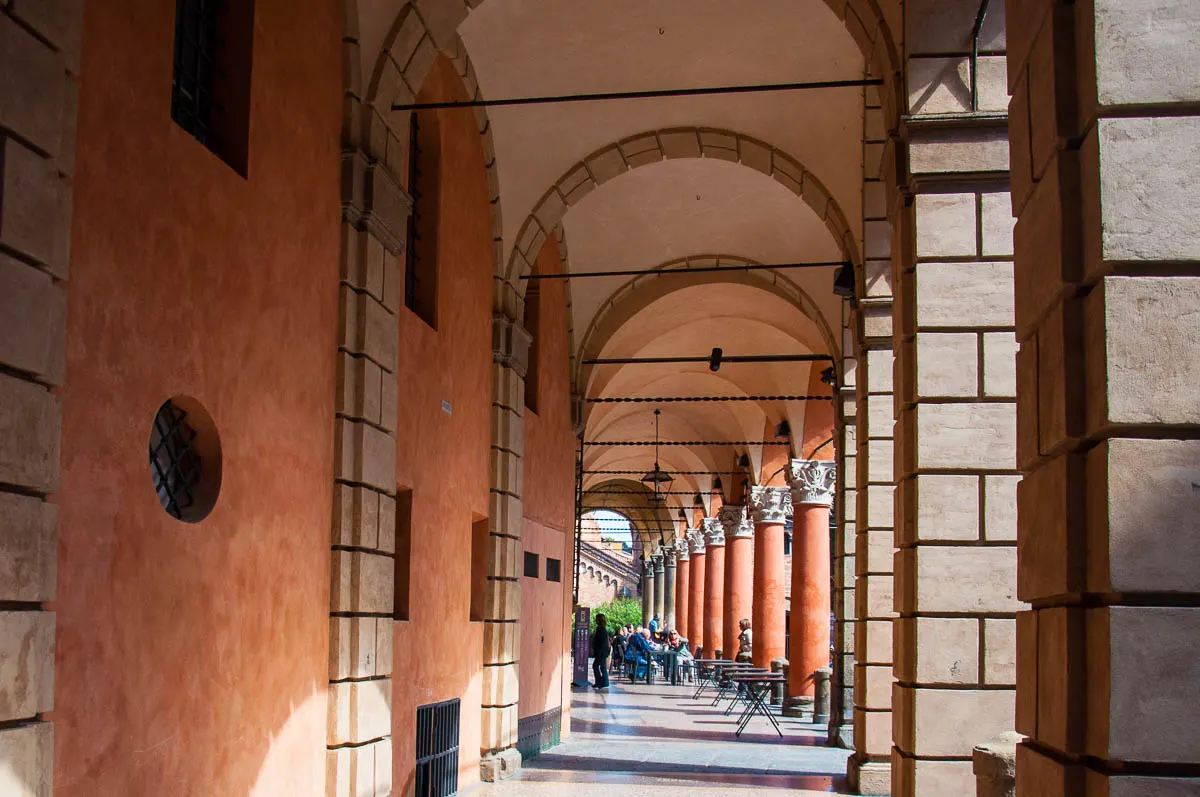
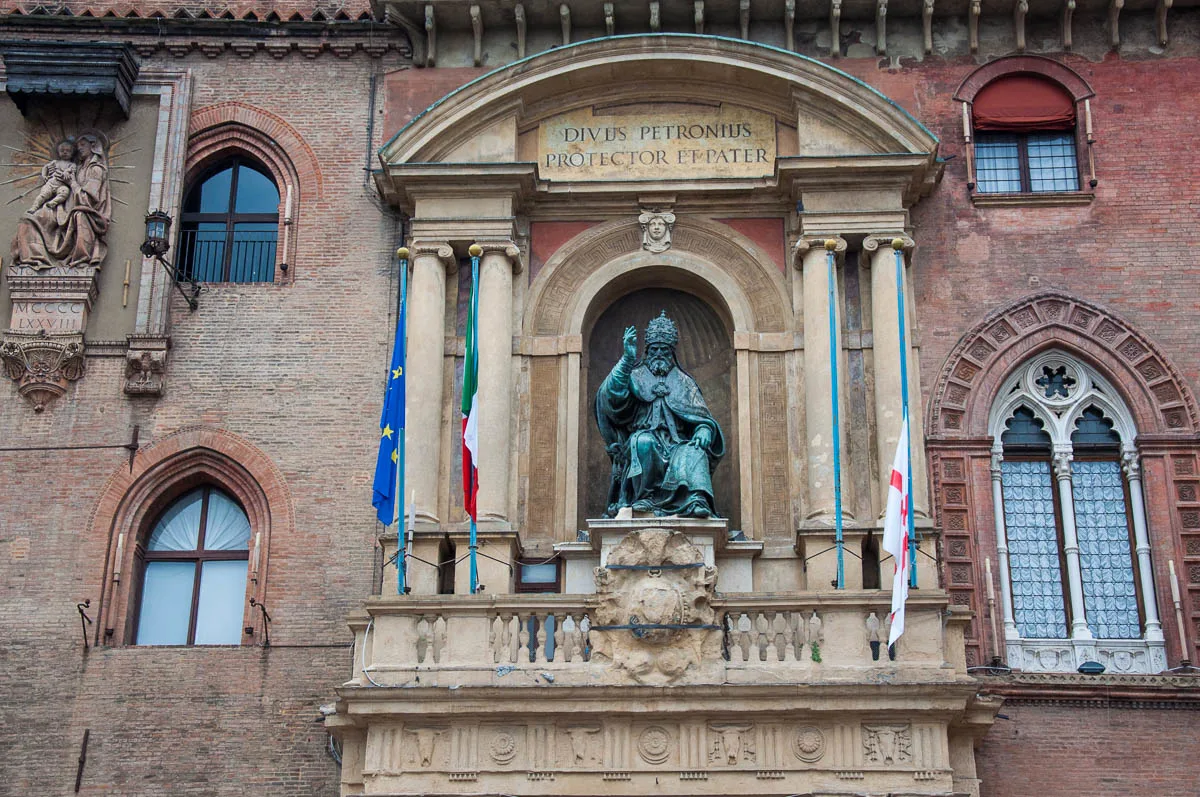
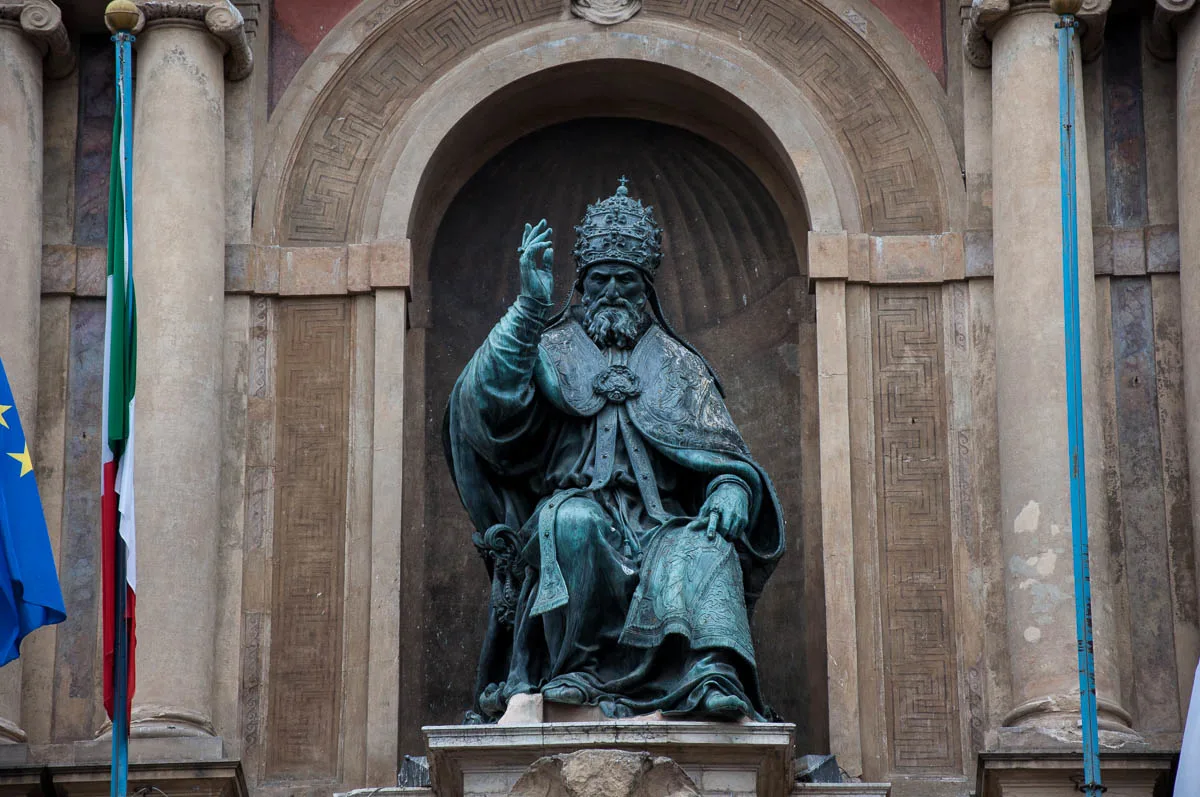
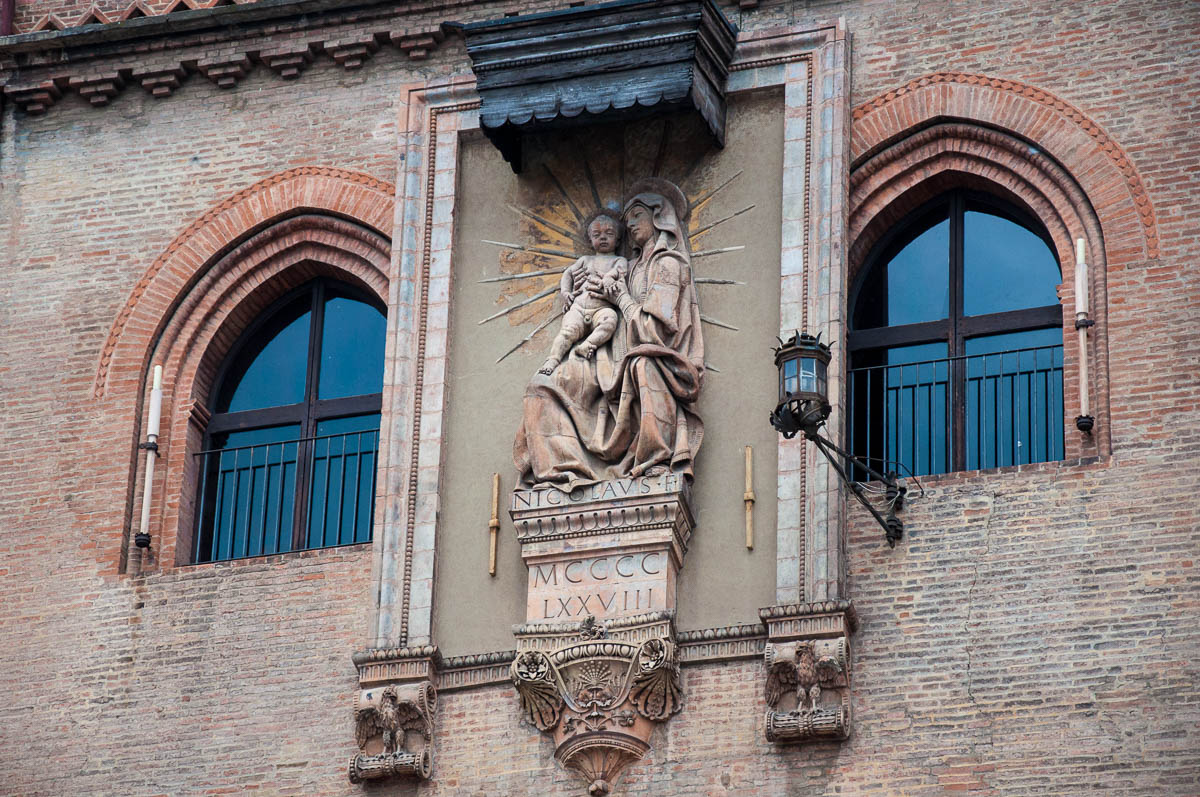
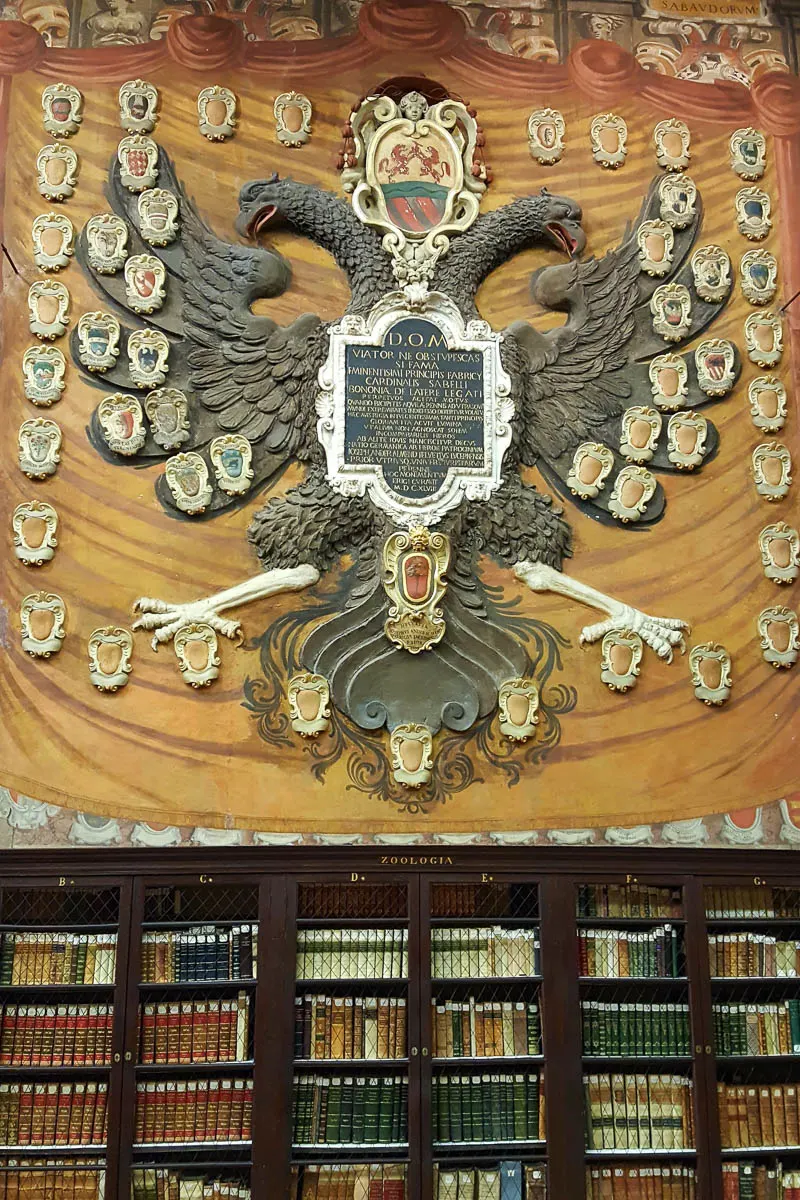
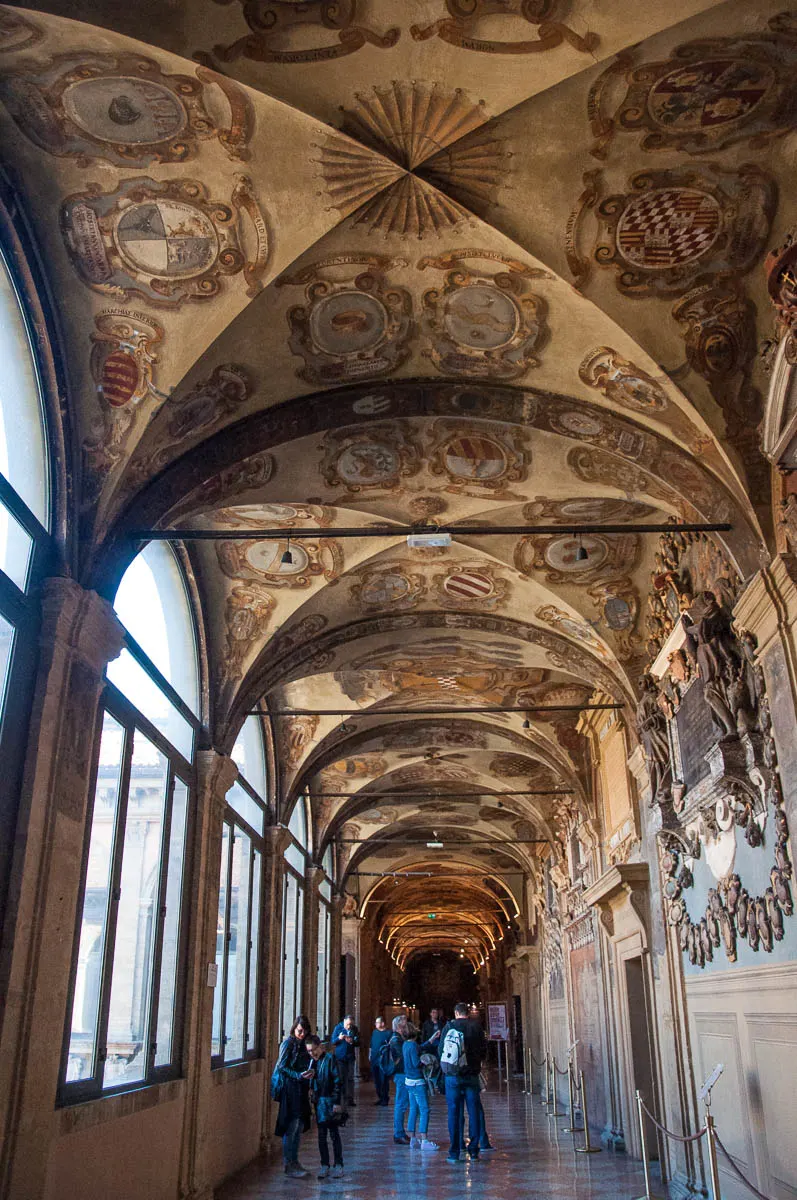
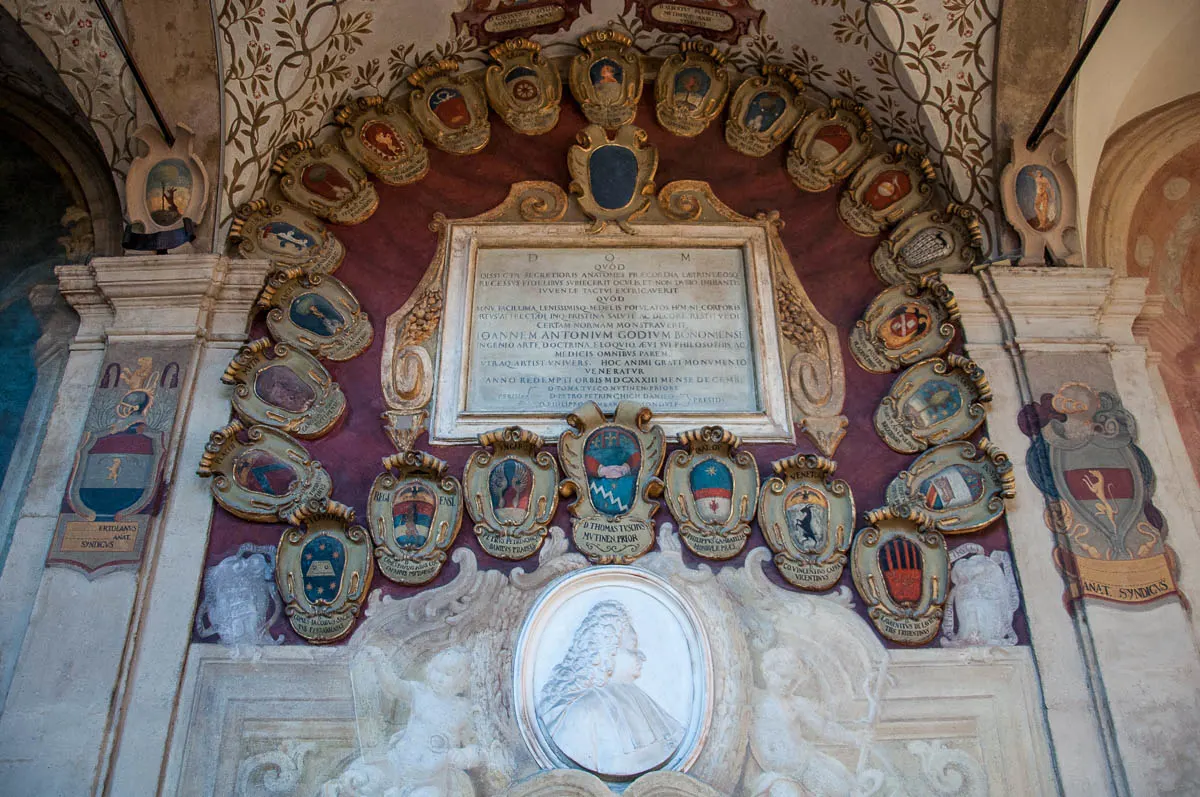
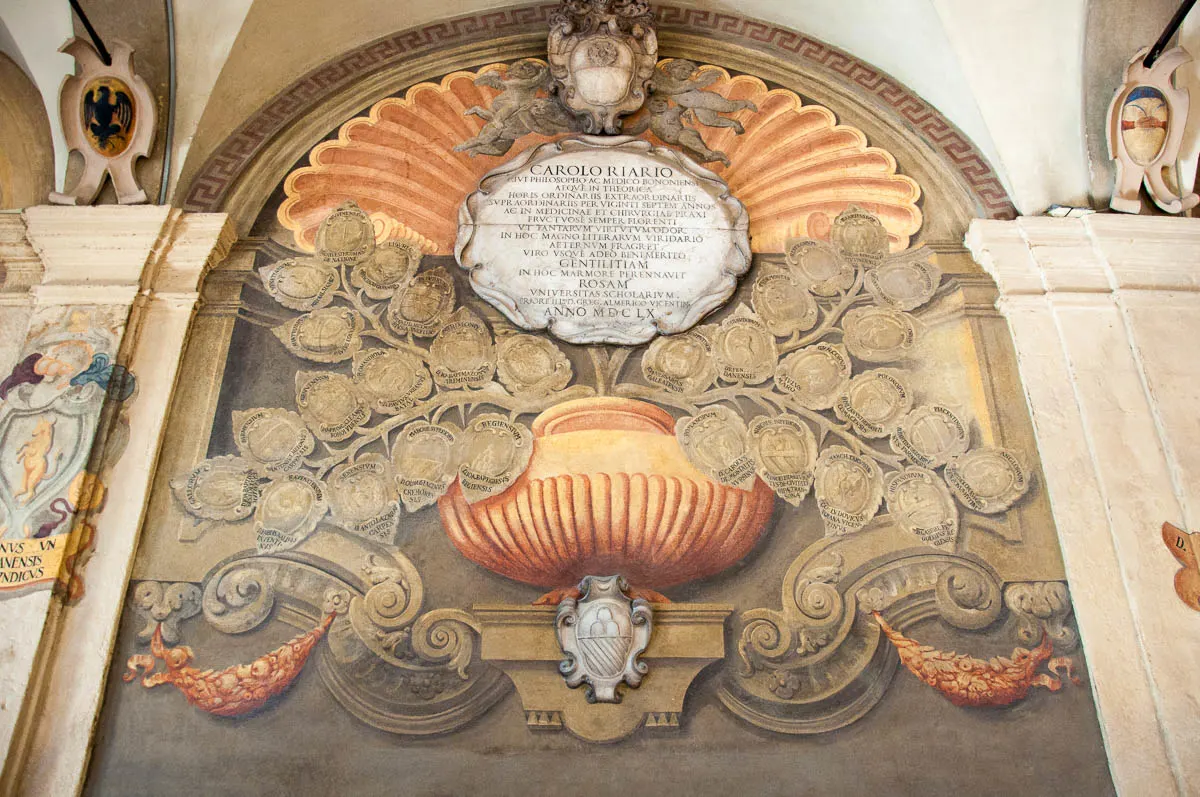
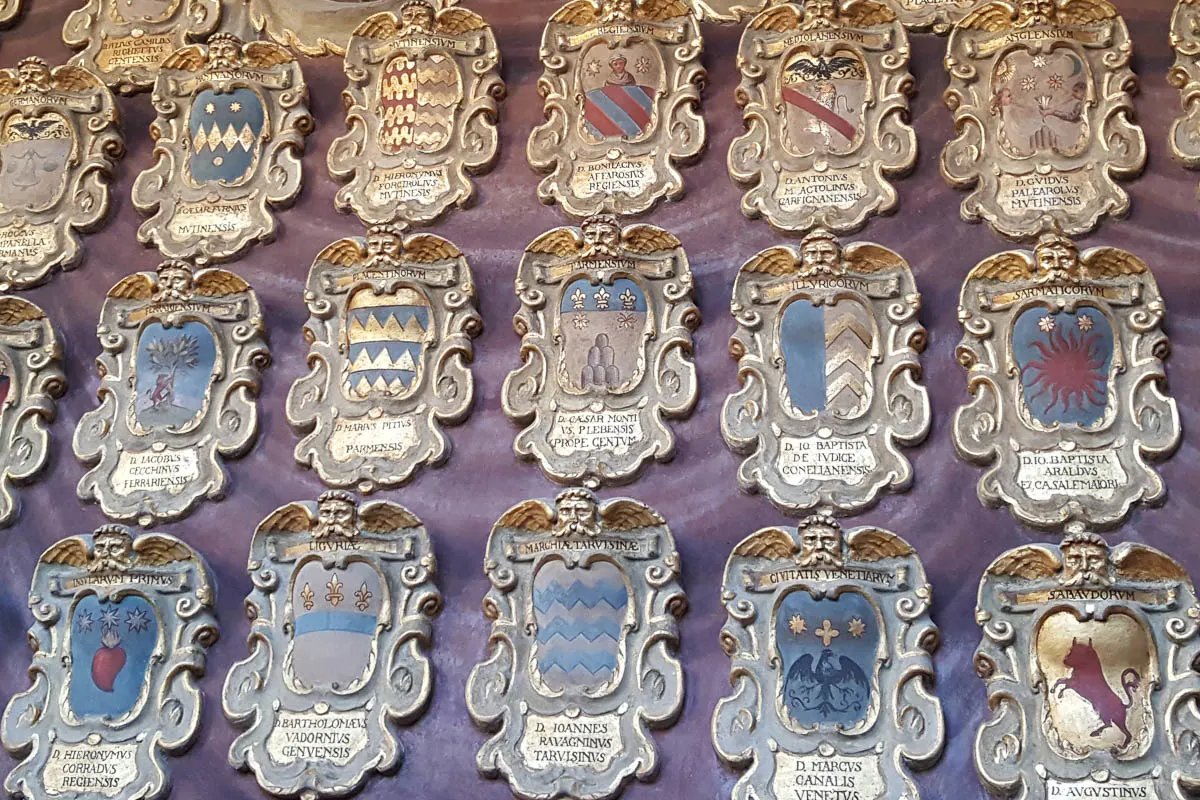
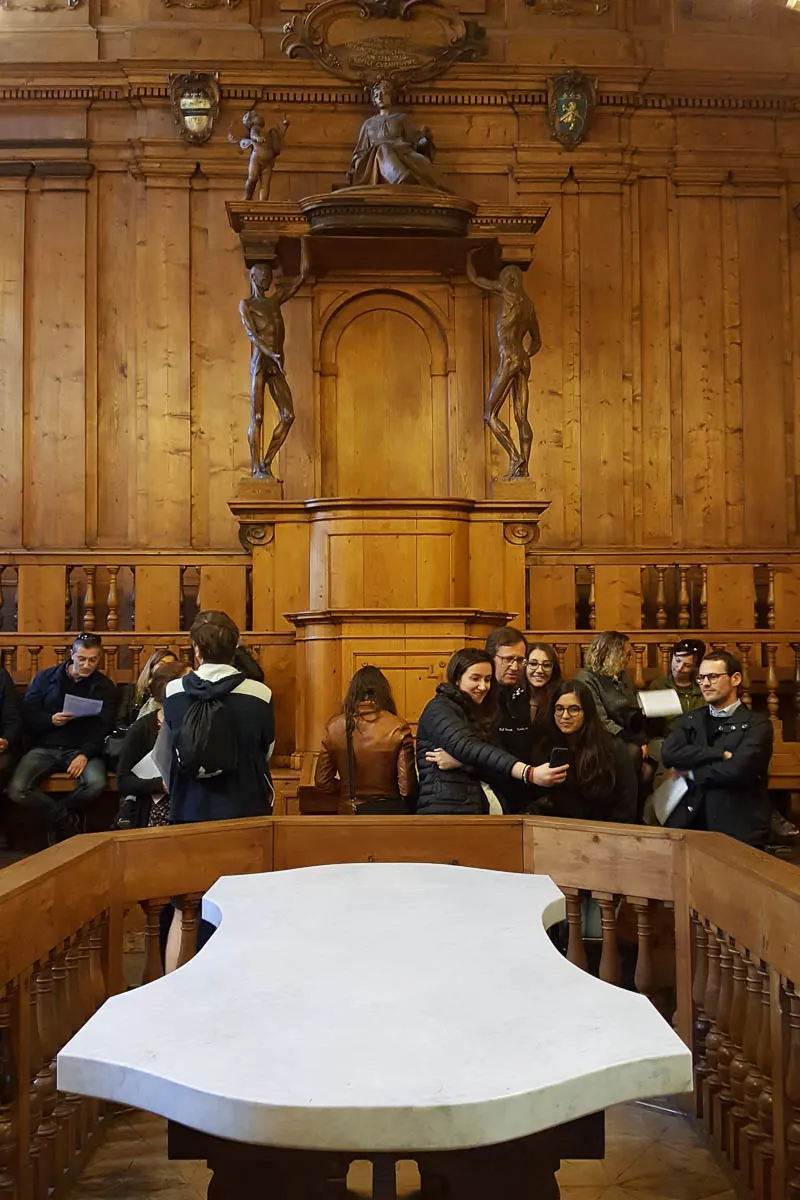
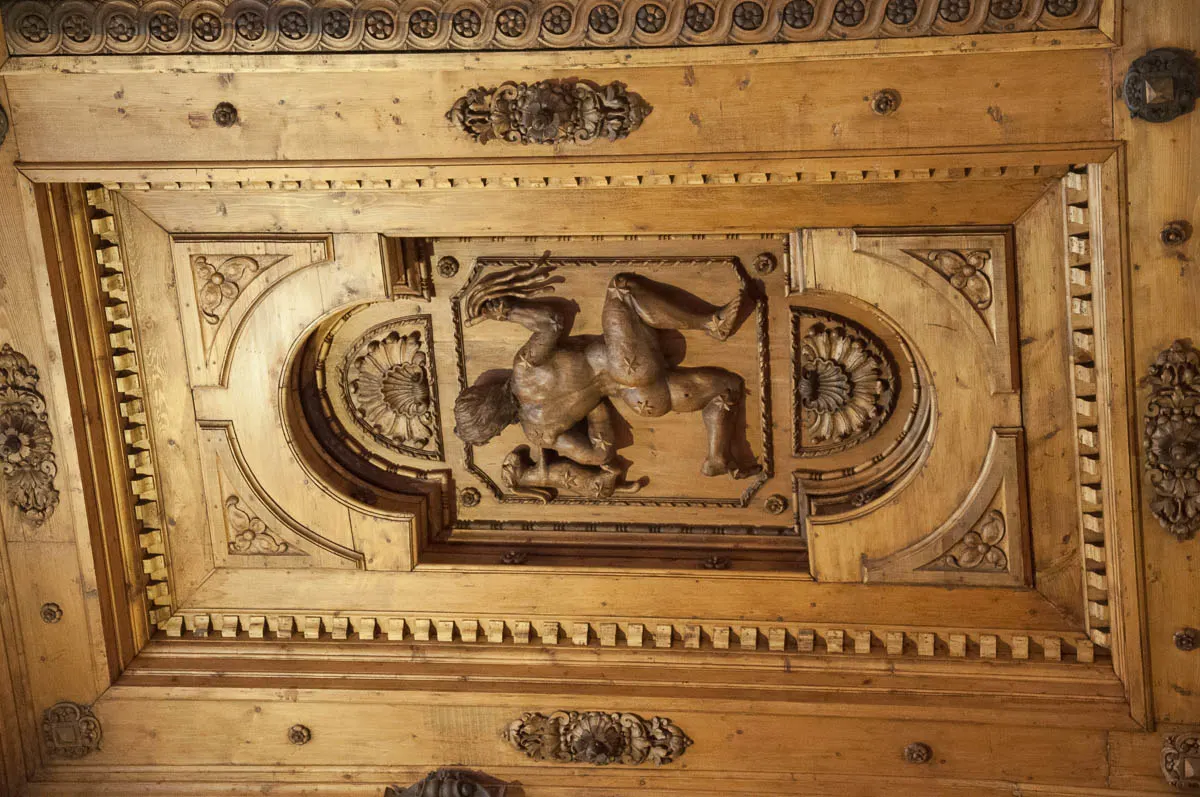
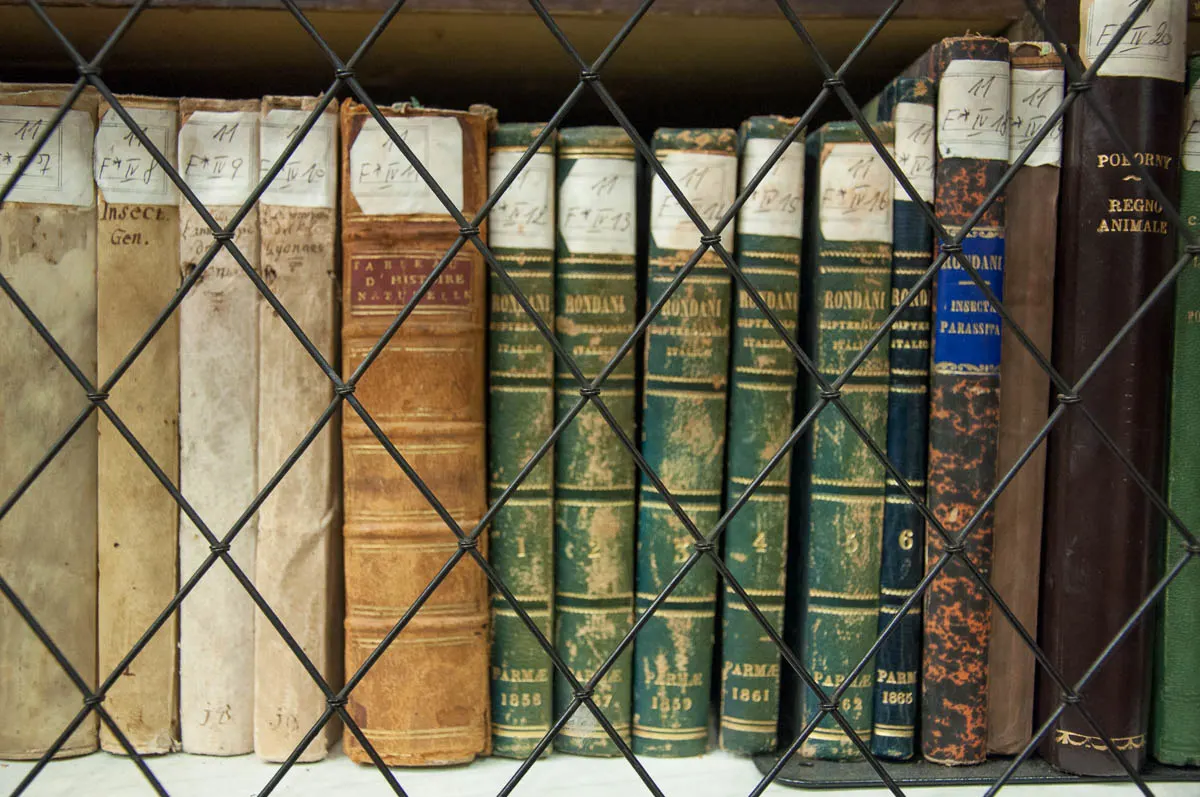
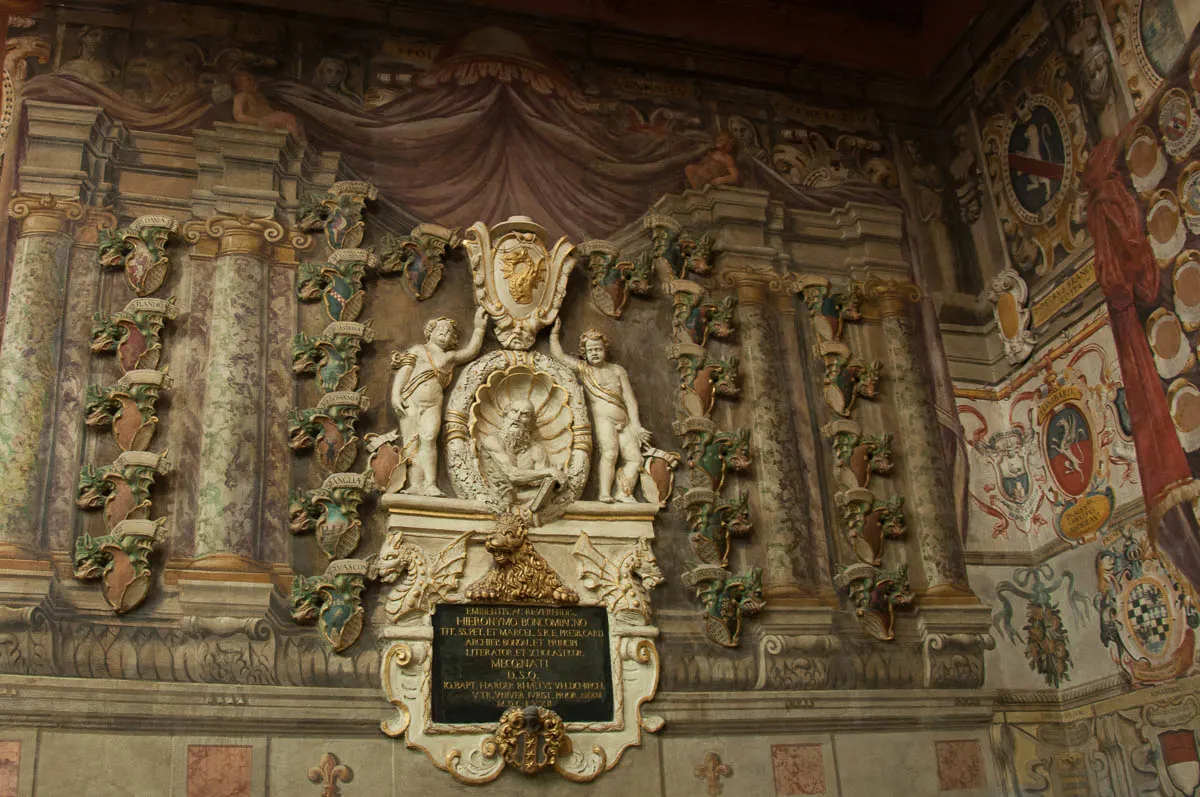
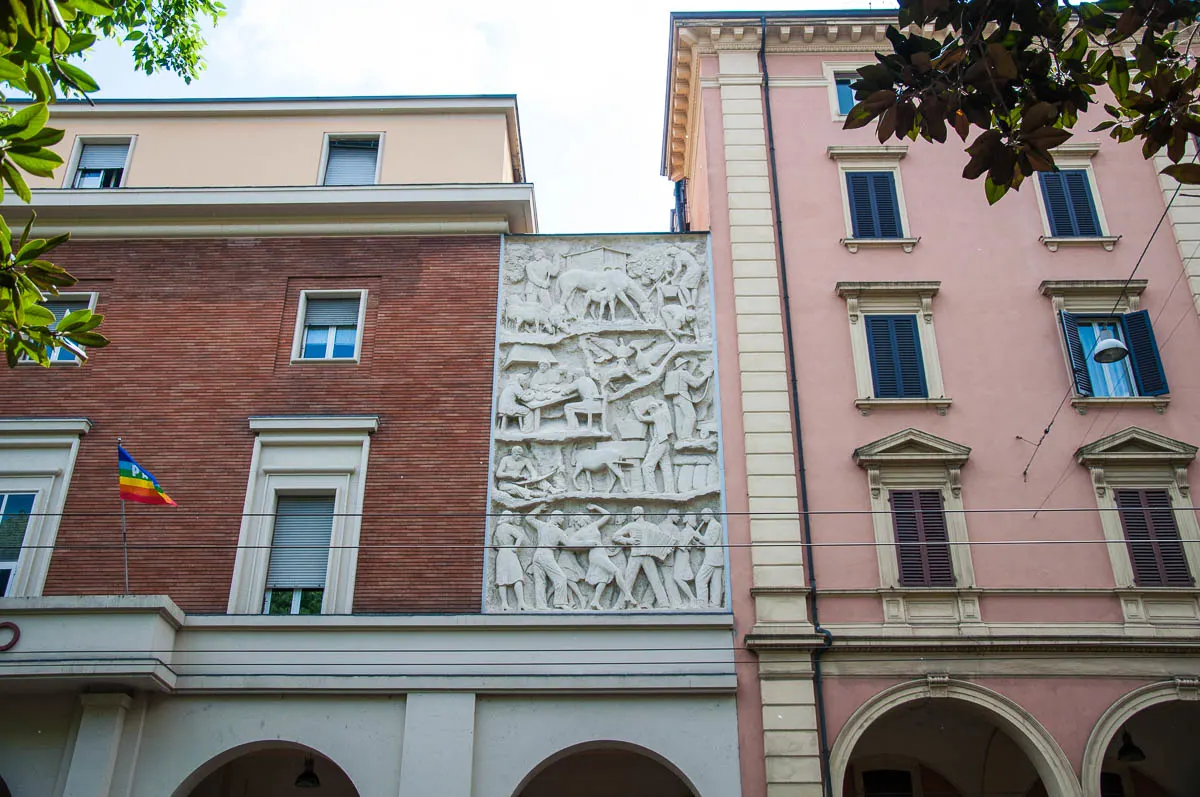
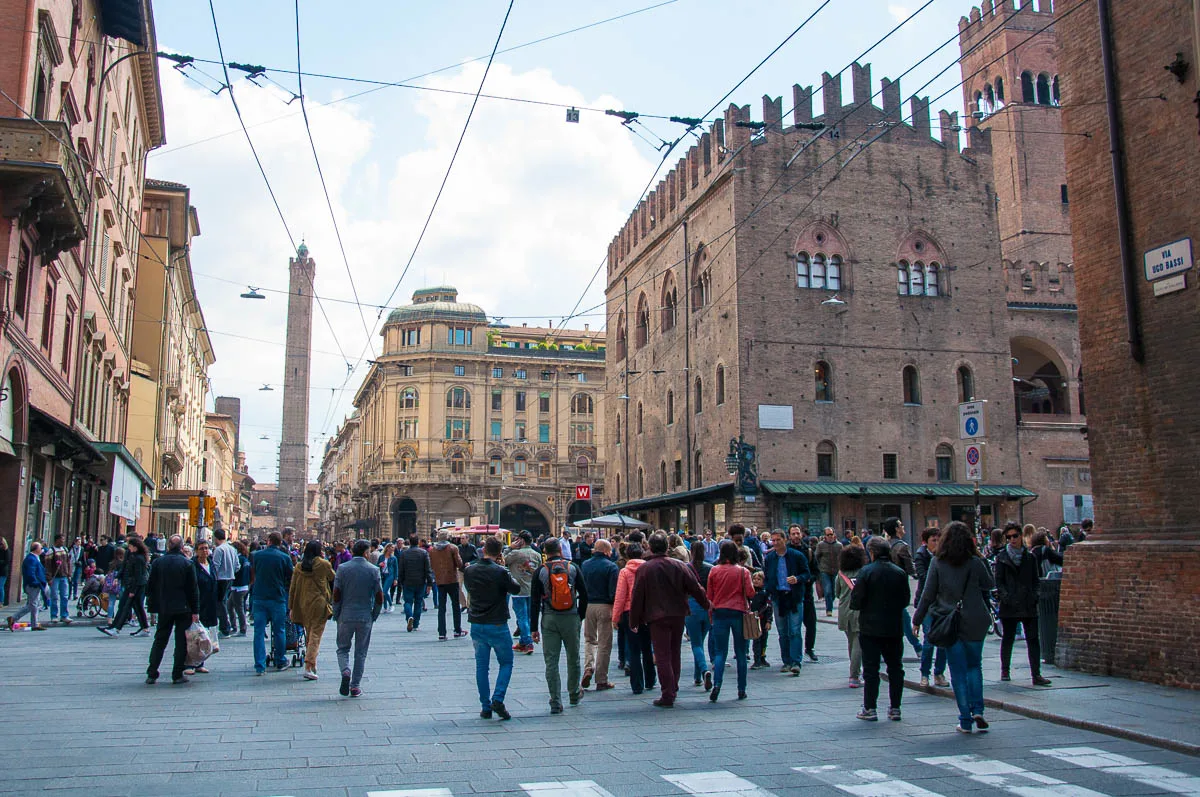
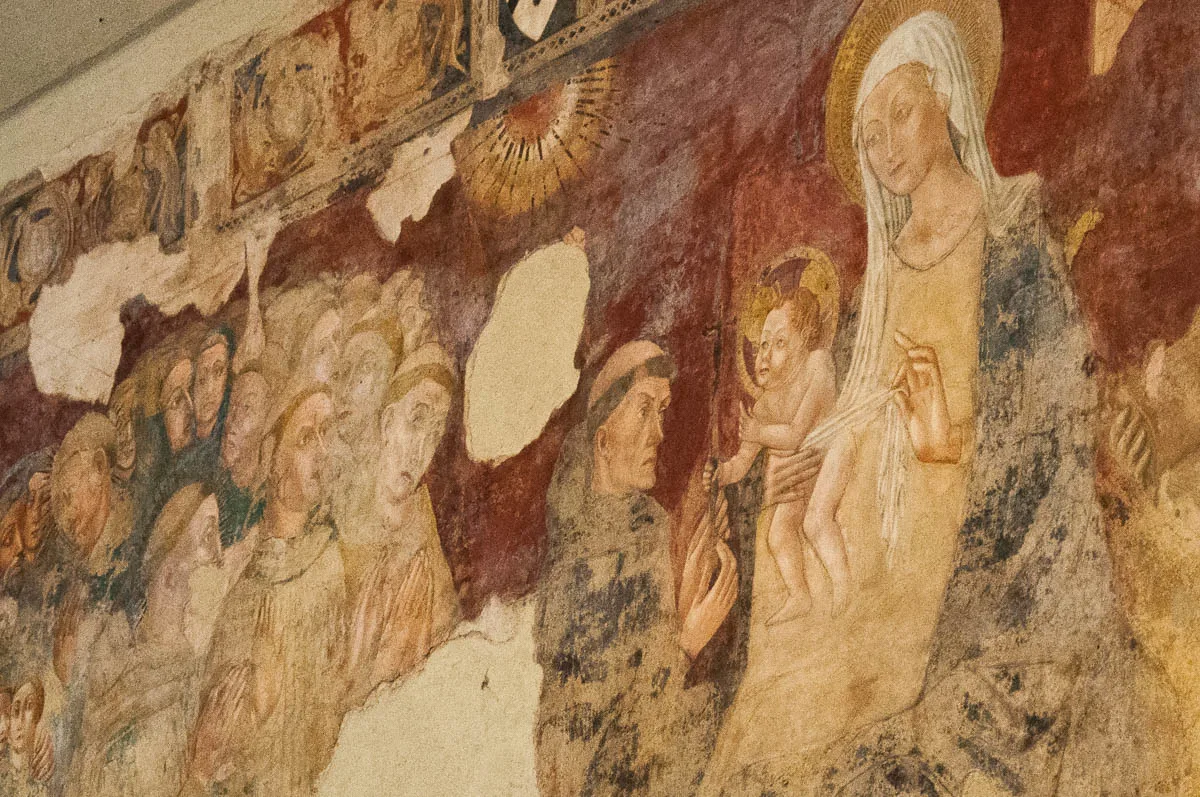
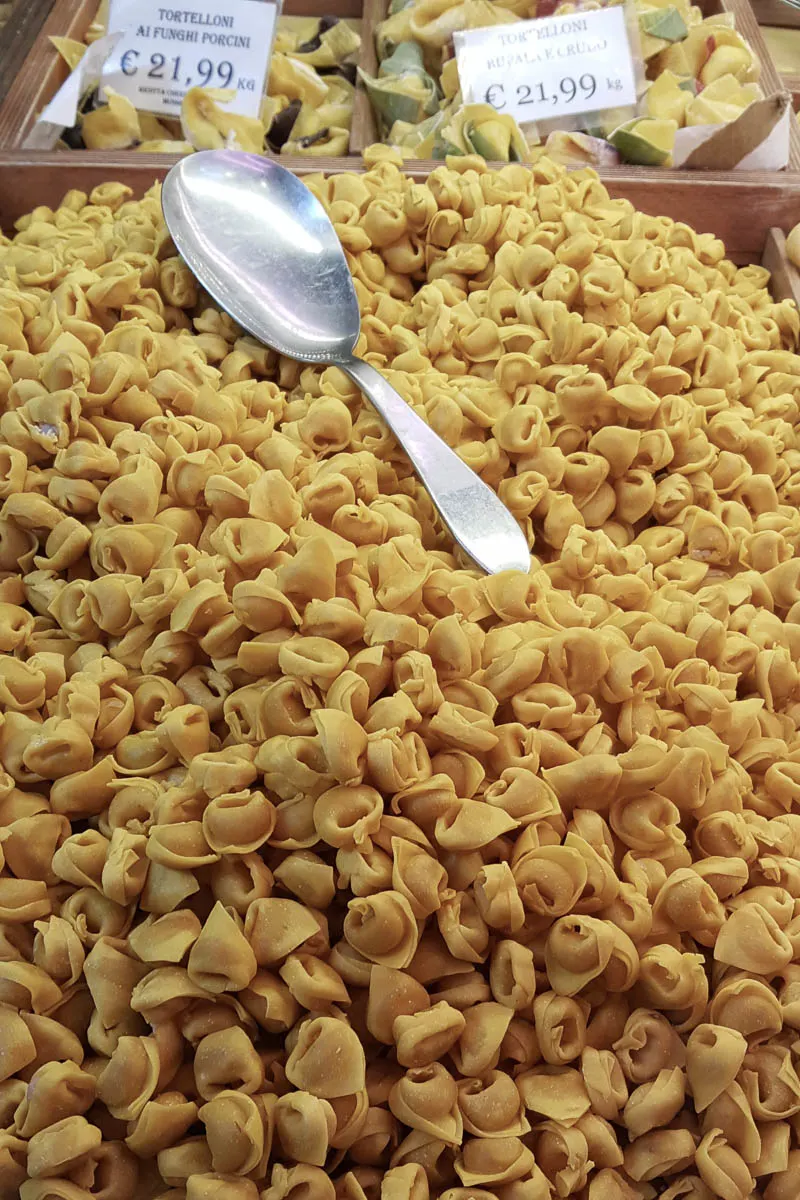
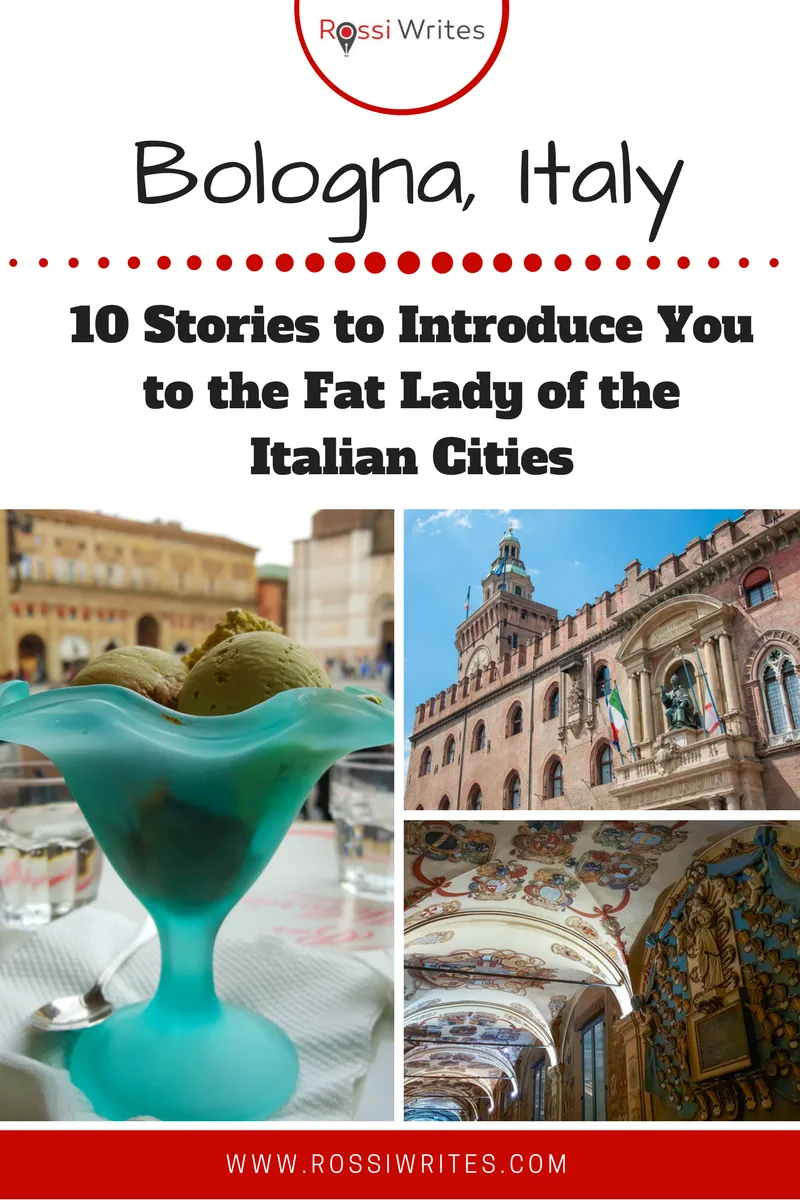
Dani
Saturday 17th of September 2022
Loved how you described your tour in my city. How it touched you and why you would want to visit this wonderful city again. I have been doing this for the past 25 years to any American that asks about other places to visit in Italy. The list is very long, one you take the usual 3 suspects. Thank you!
admin
Tuesday 27th of September 2022
Thank you, Dani! I appreciate your kind words. There are so many wonderful places in Italy to see and explore. A lifetime surely is not enough. I know that people want to see the main three ones as they are so famous. At the same time, there is such extraordinary richness of sights and history just a short distance away from them. Bologna certainly deserves to be seen and enjoyed on so many levels. It's the perfect city break destination, even more so during the low season. Best wishes,
Rossi :)